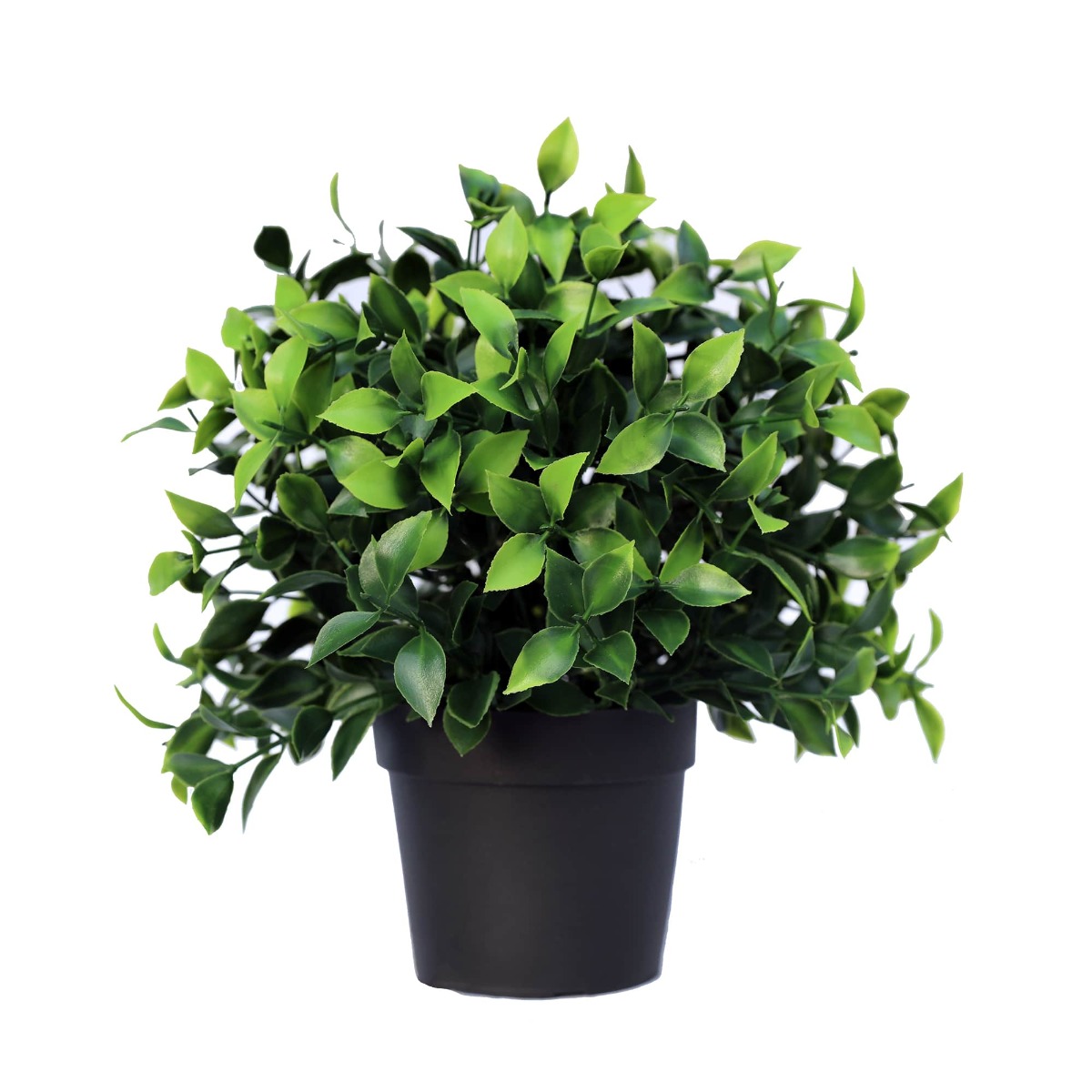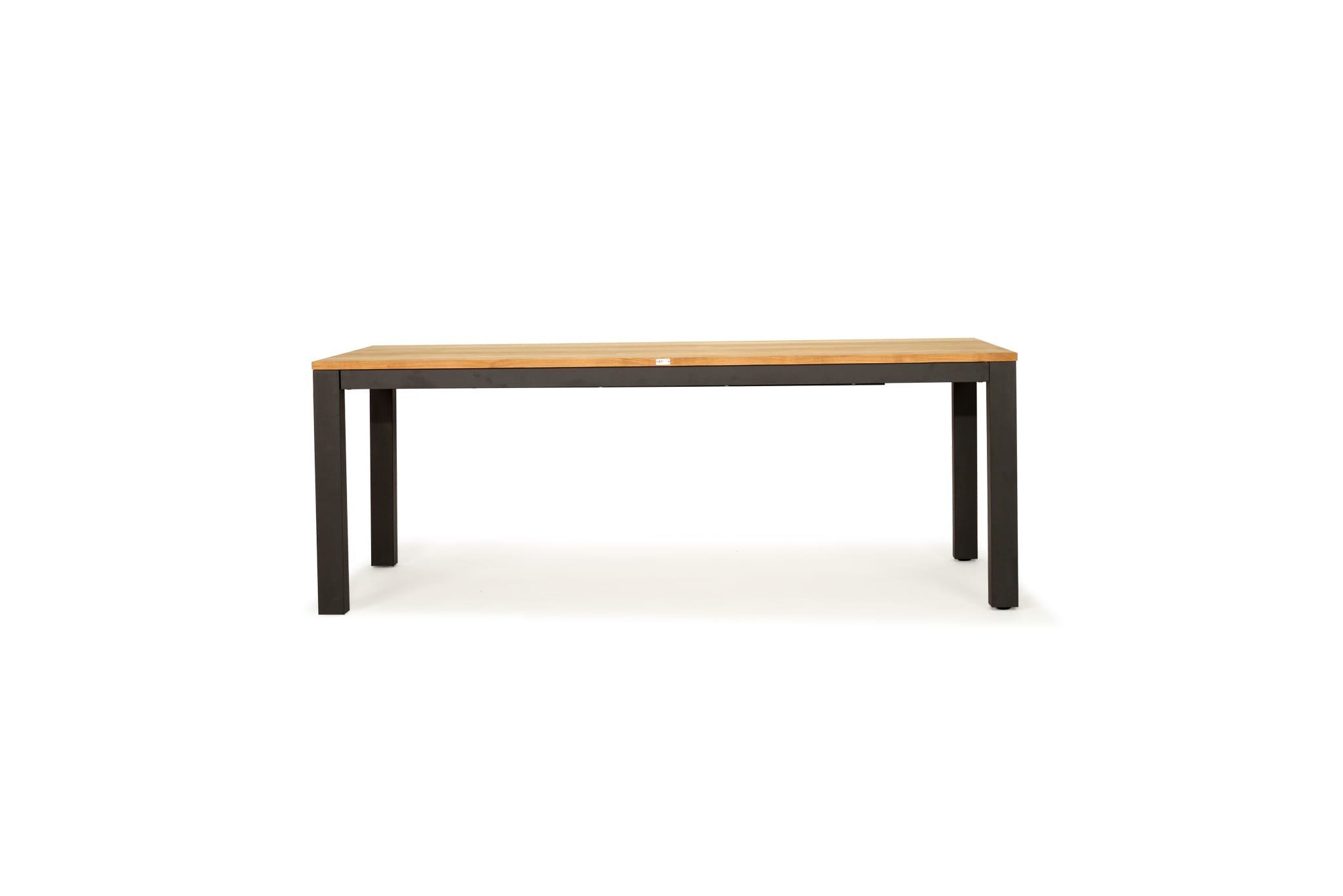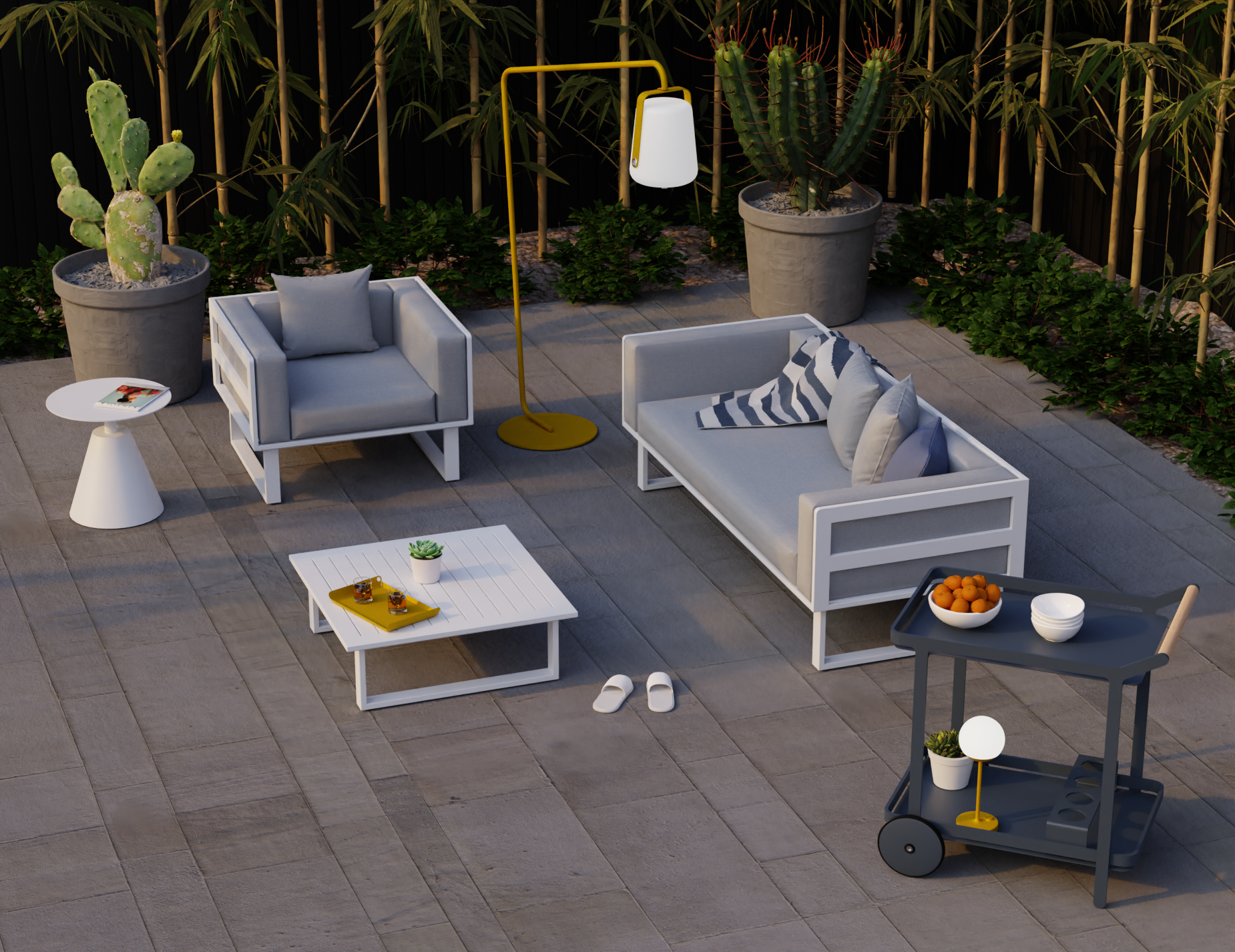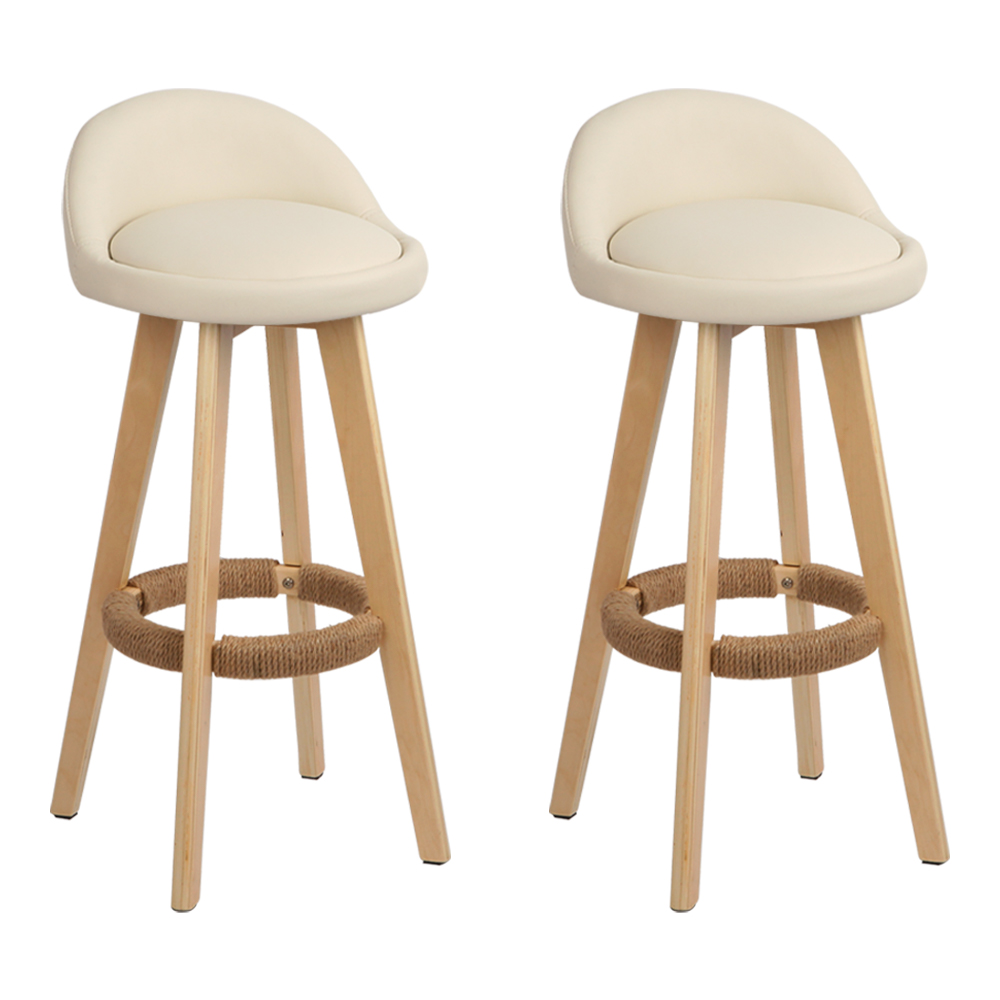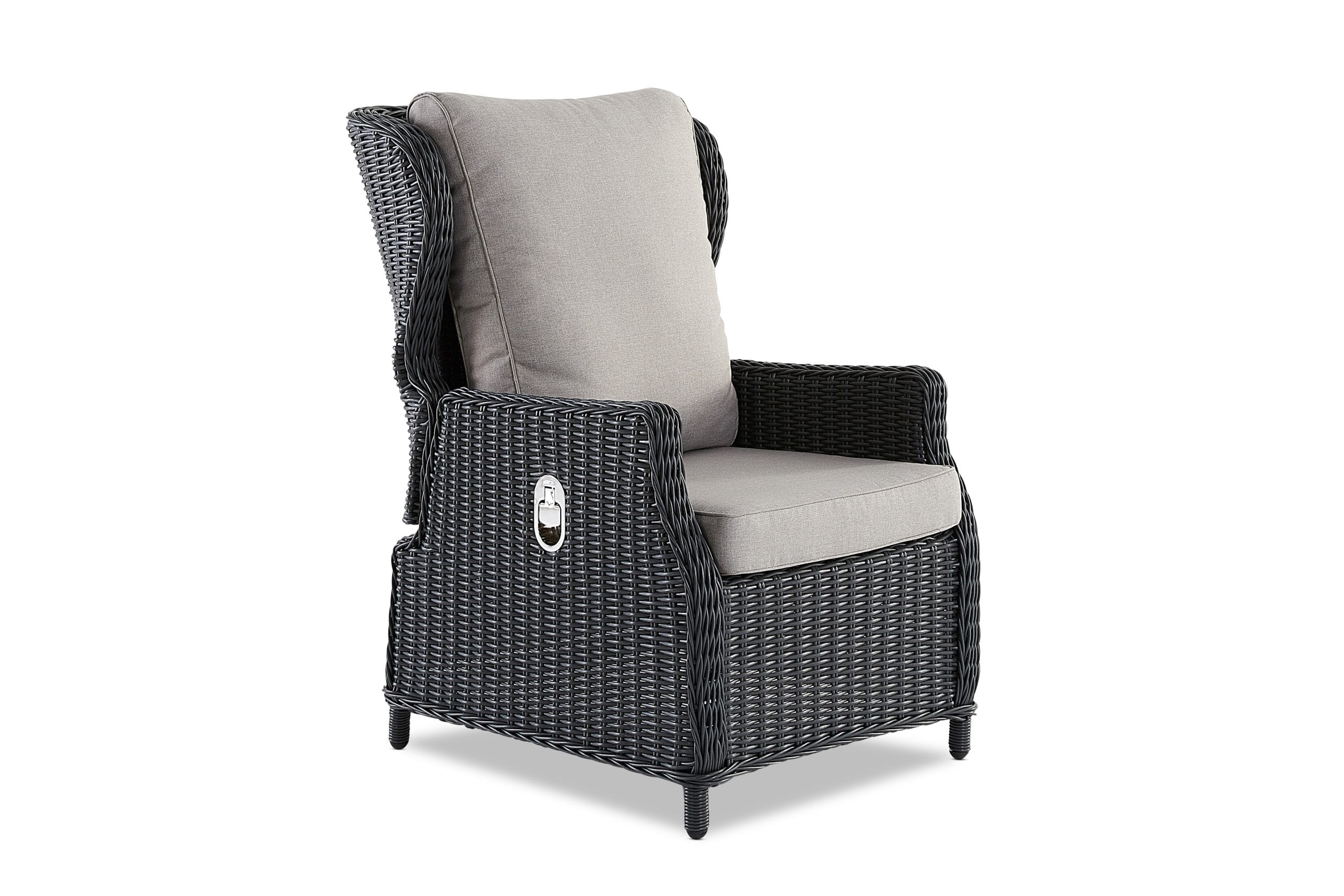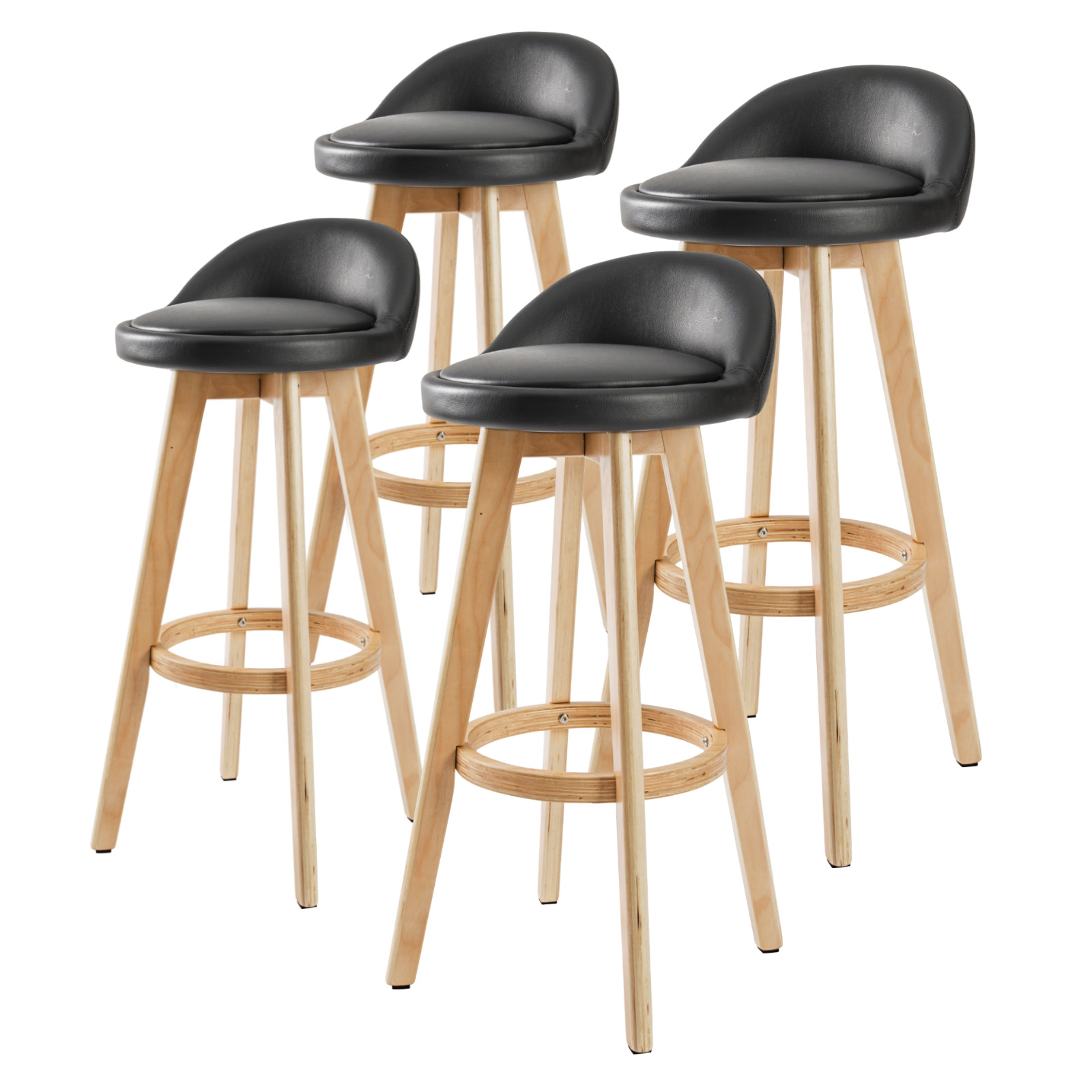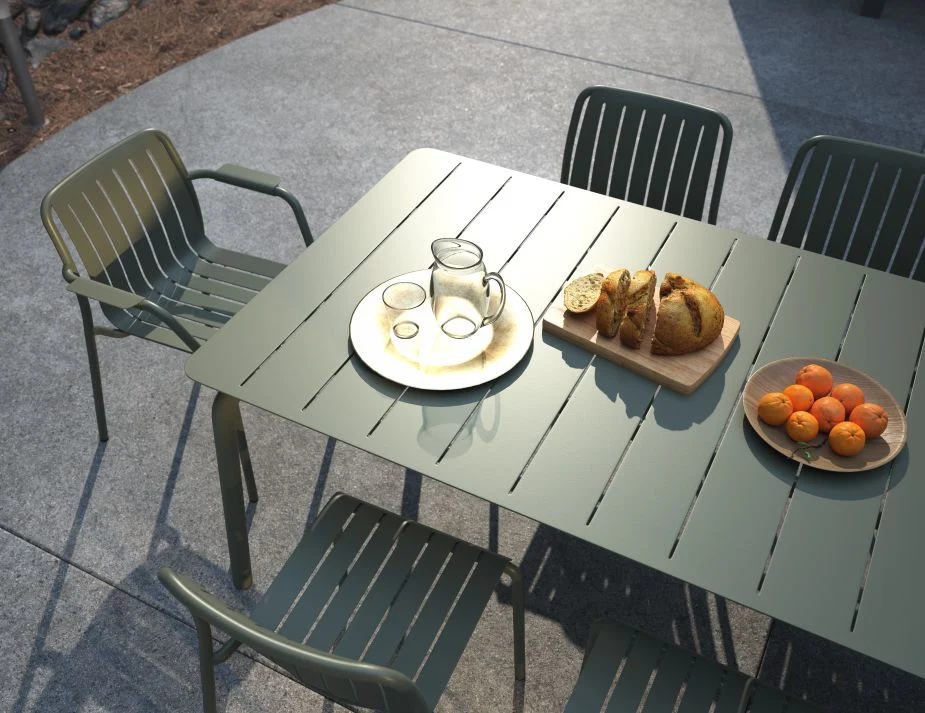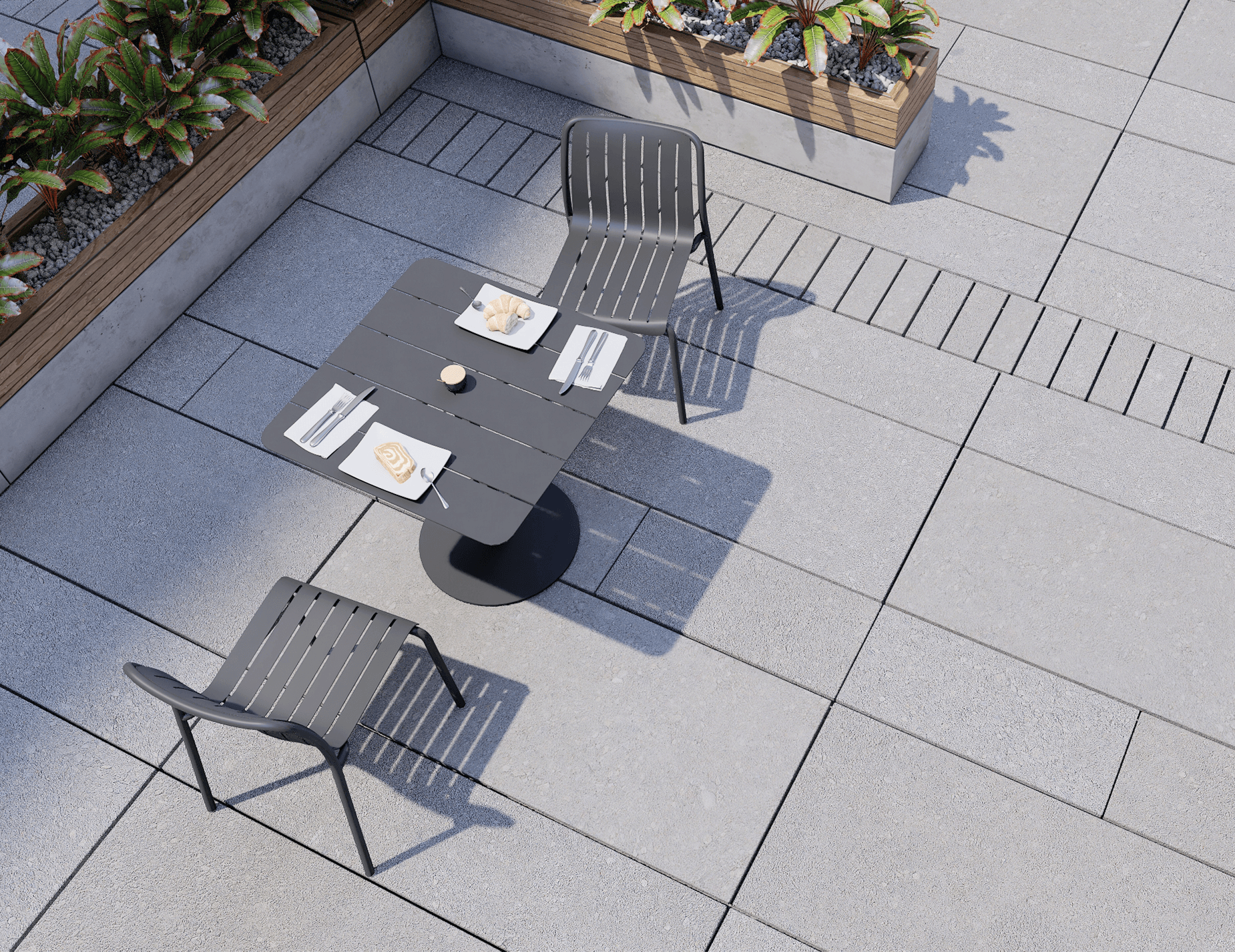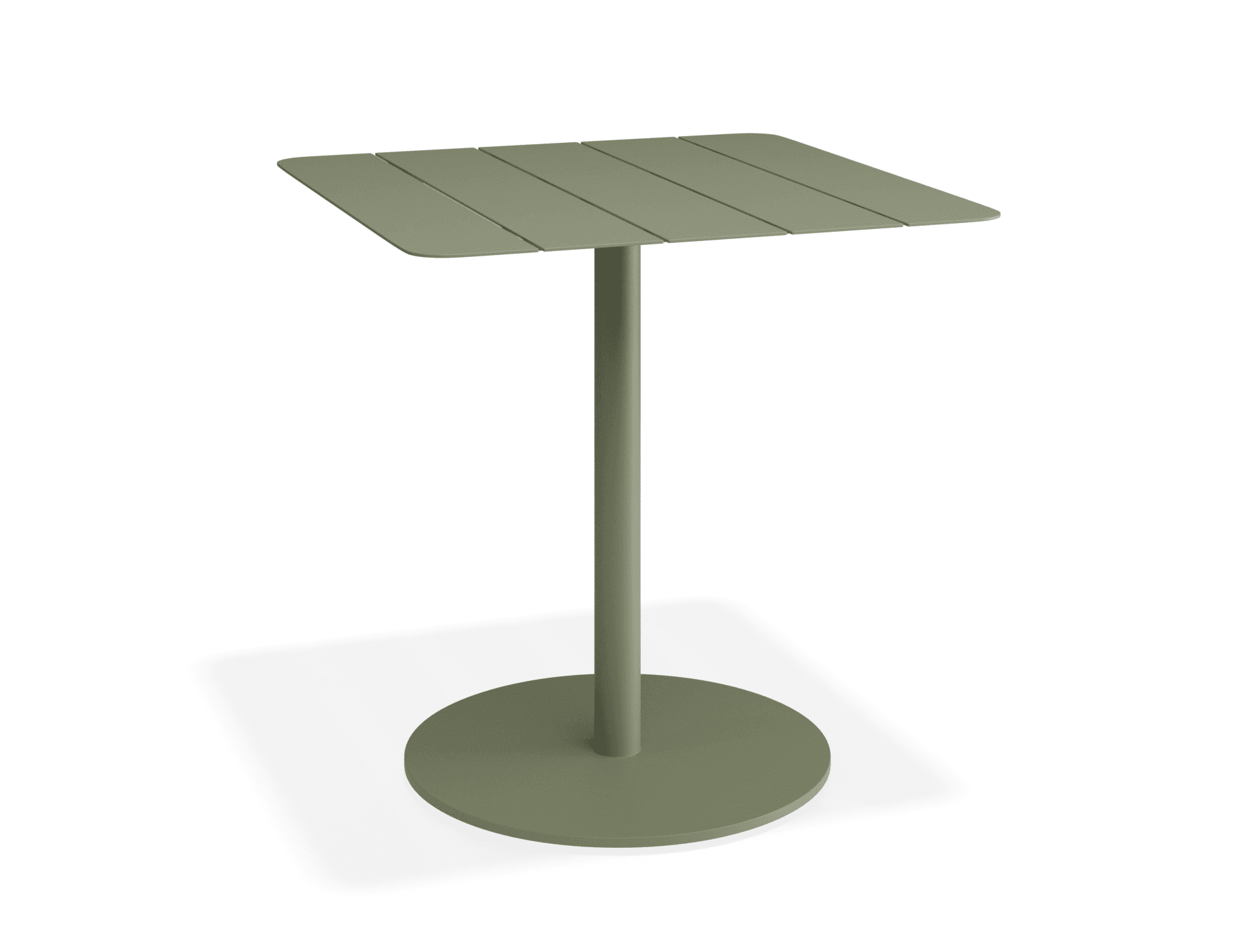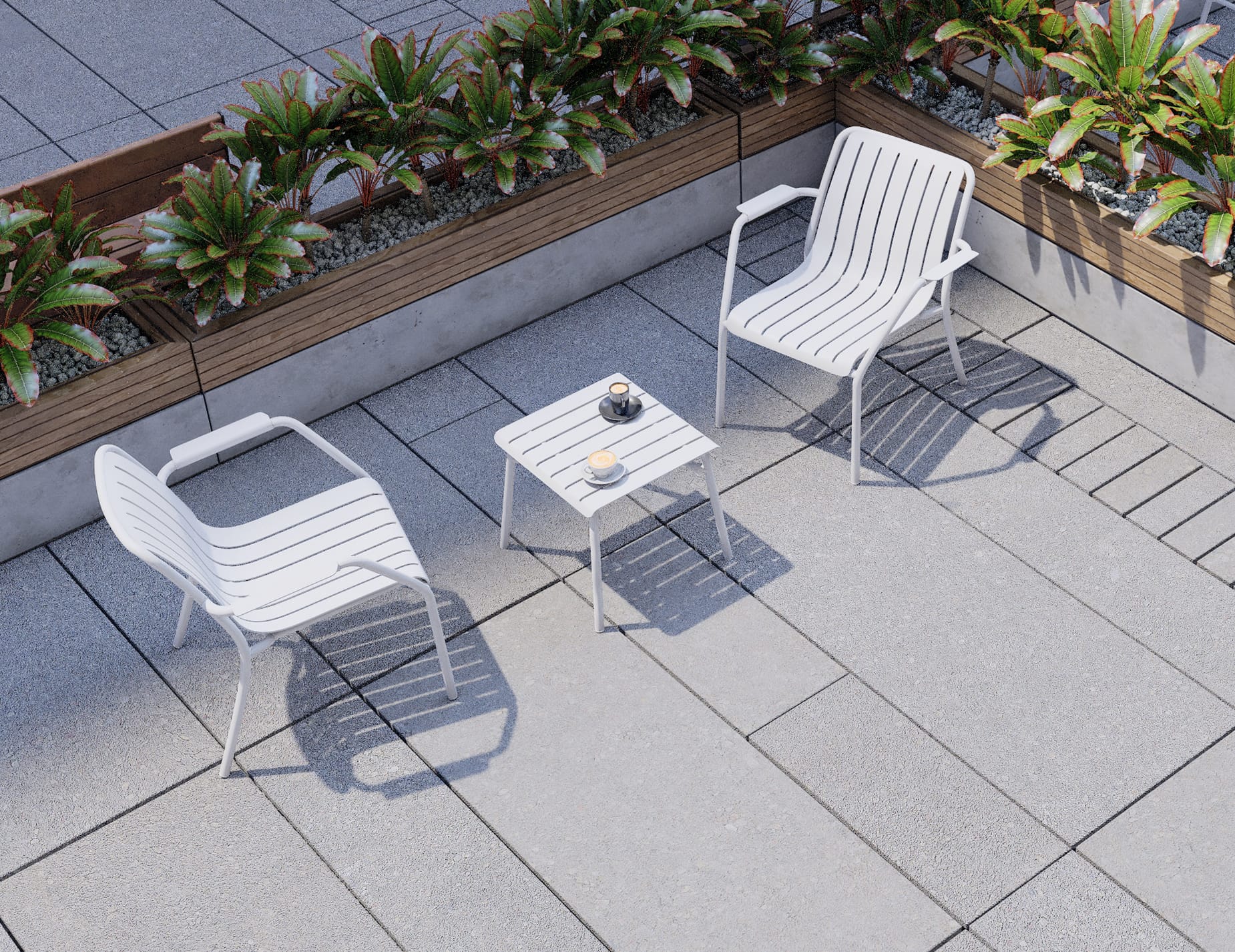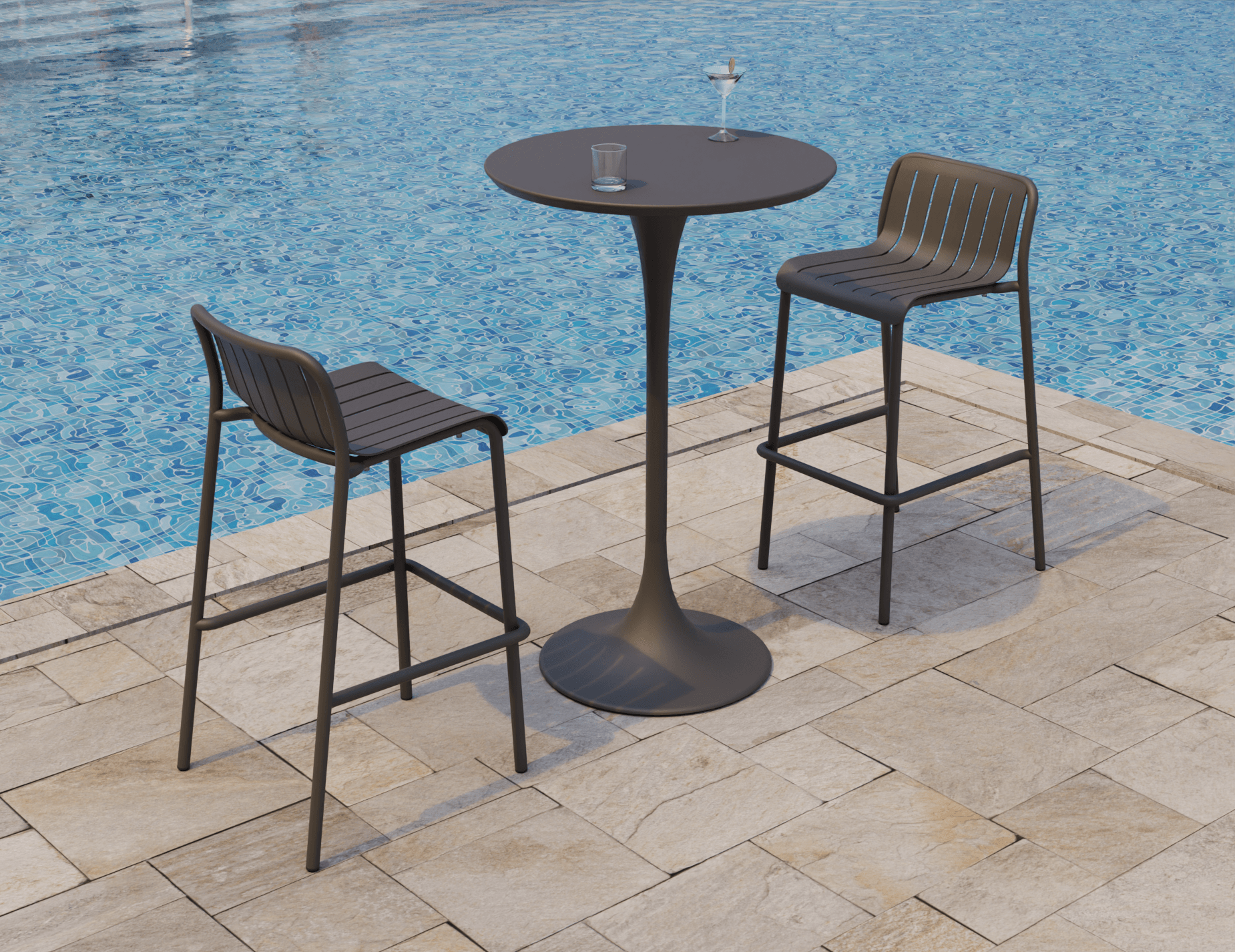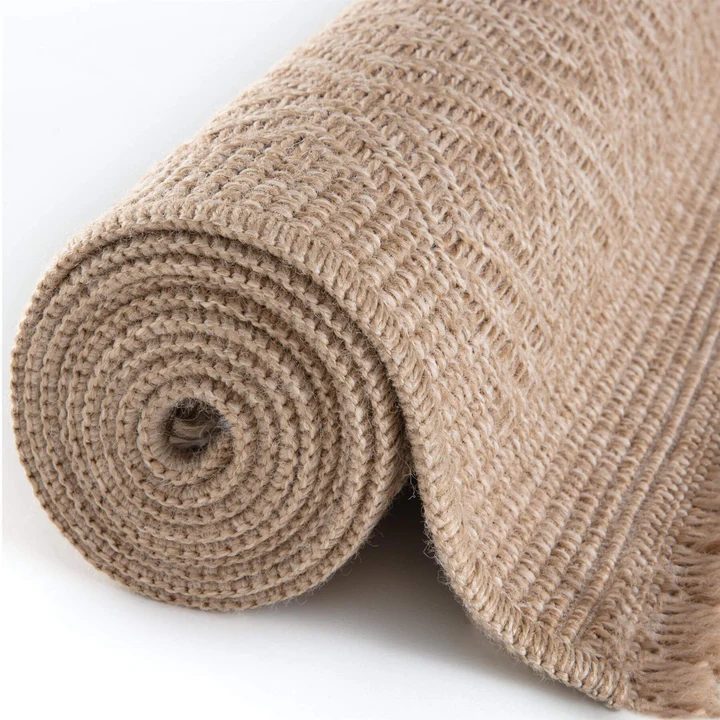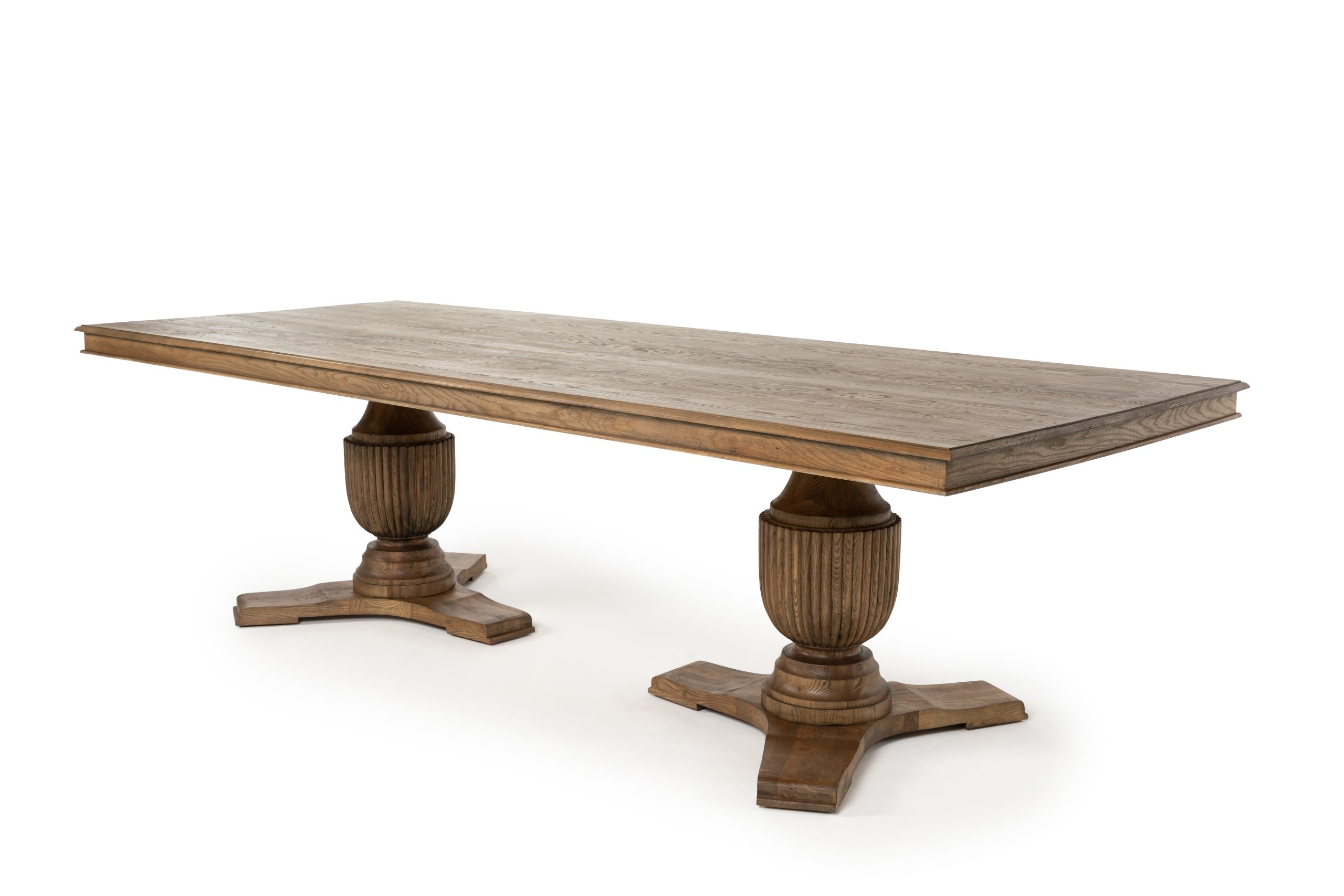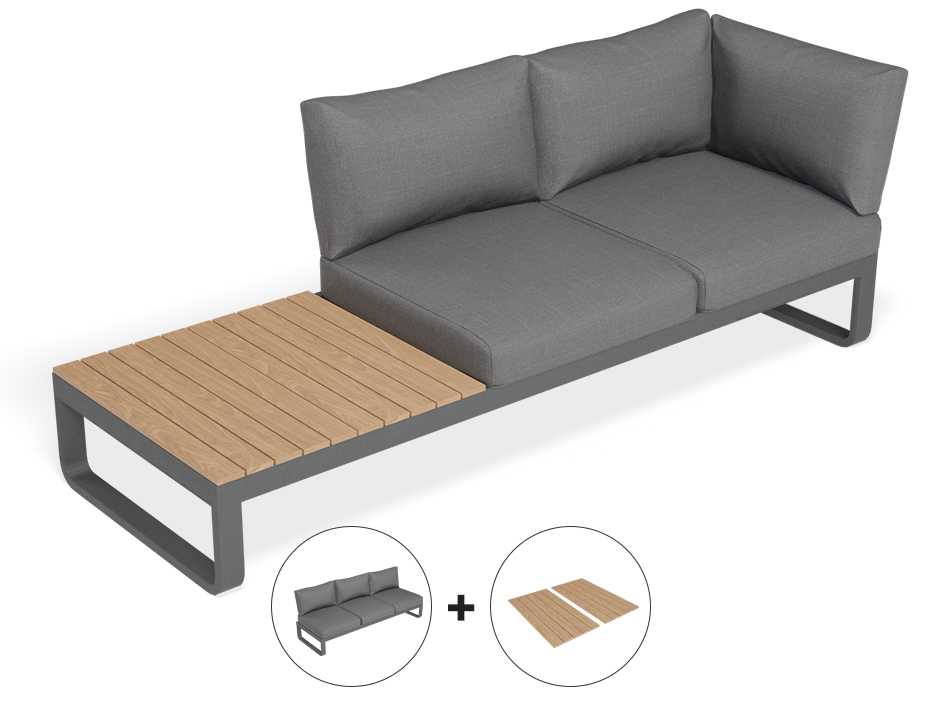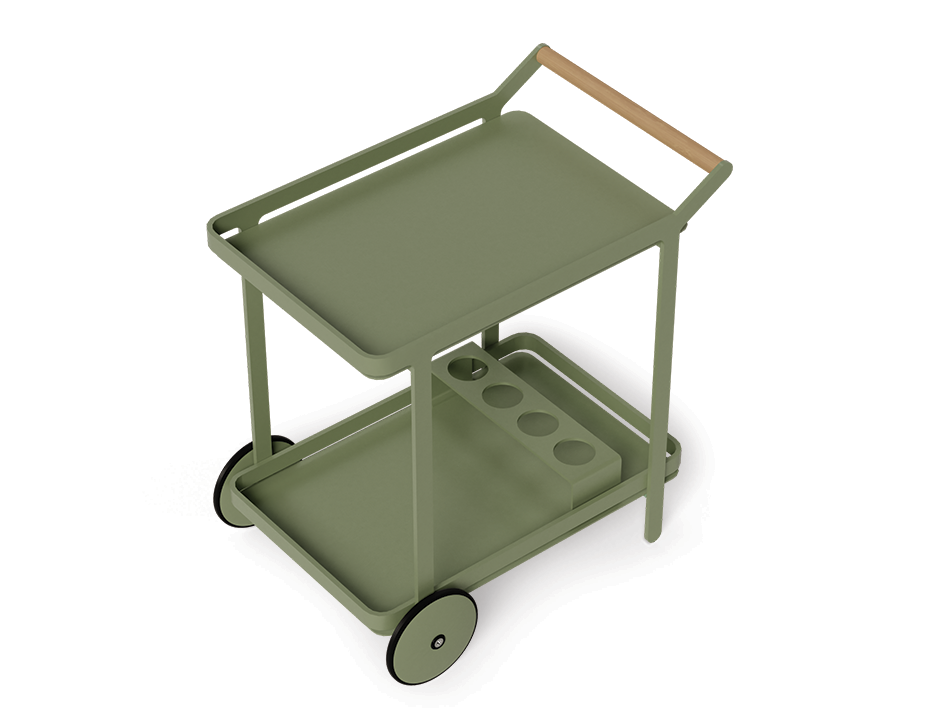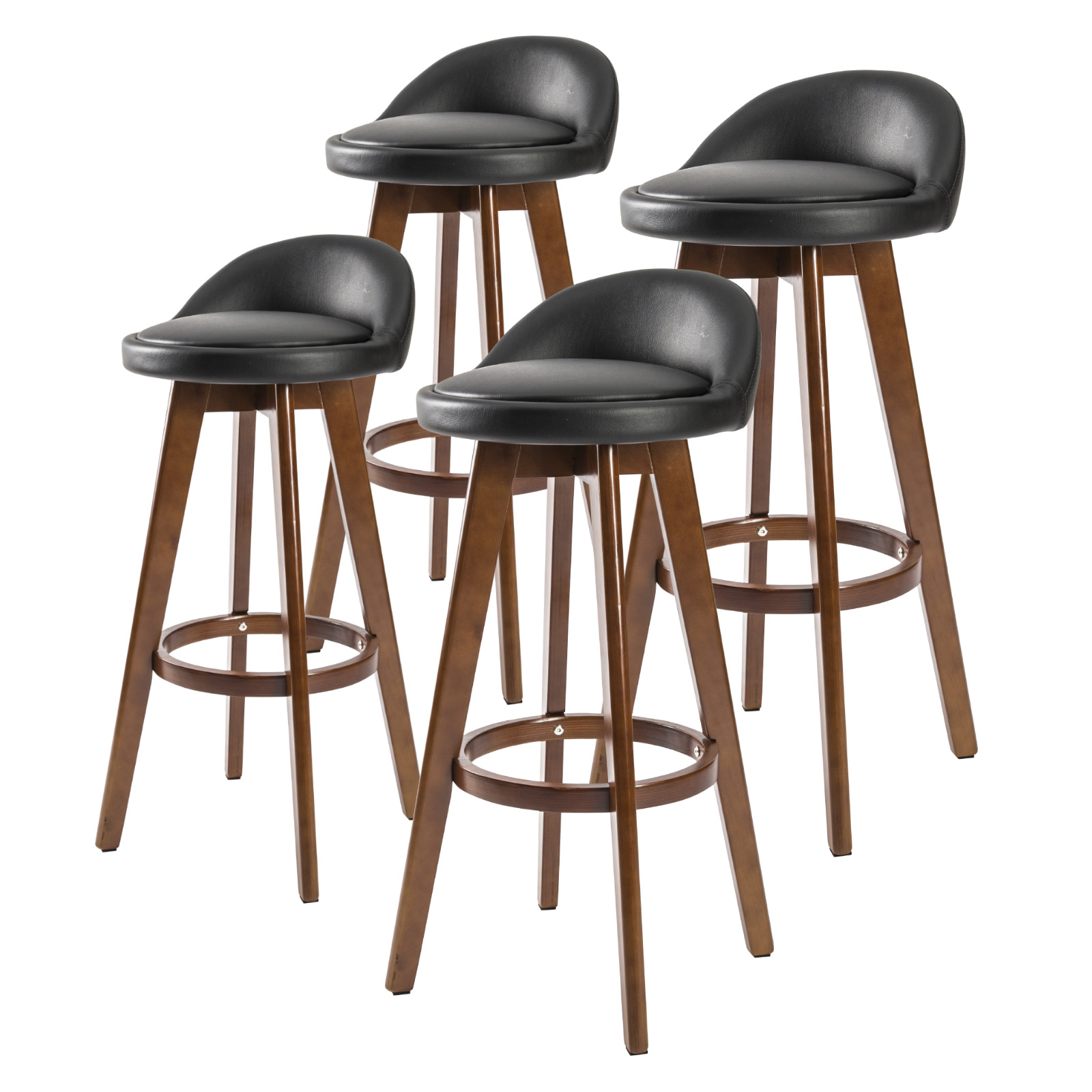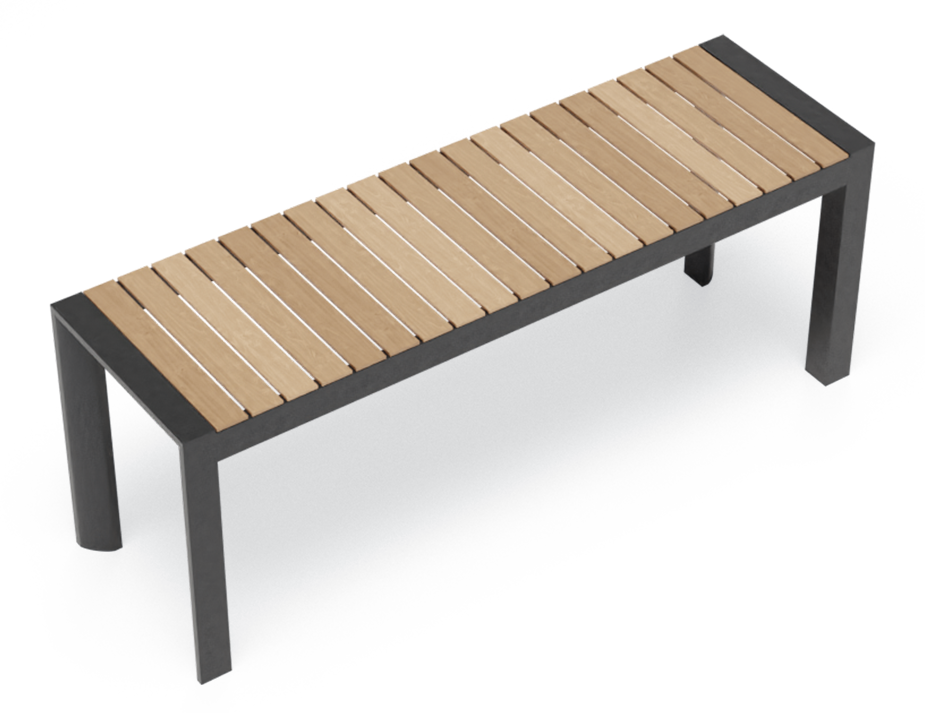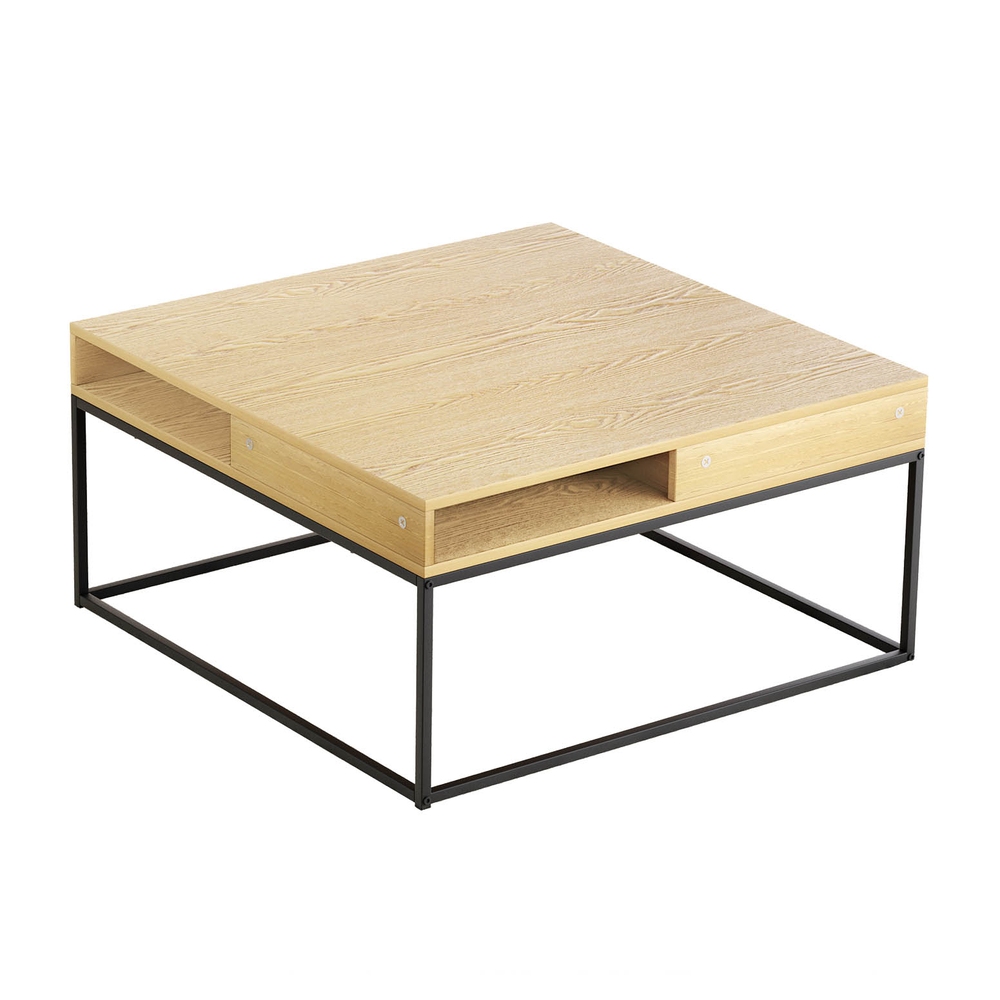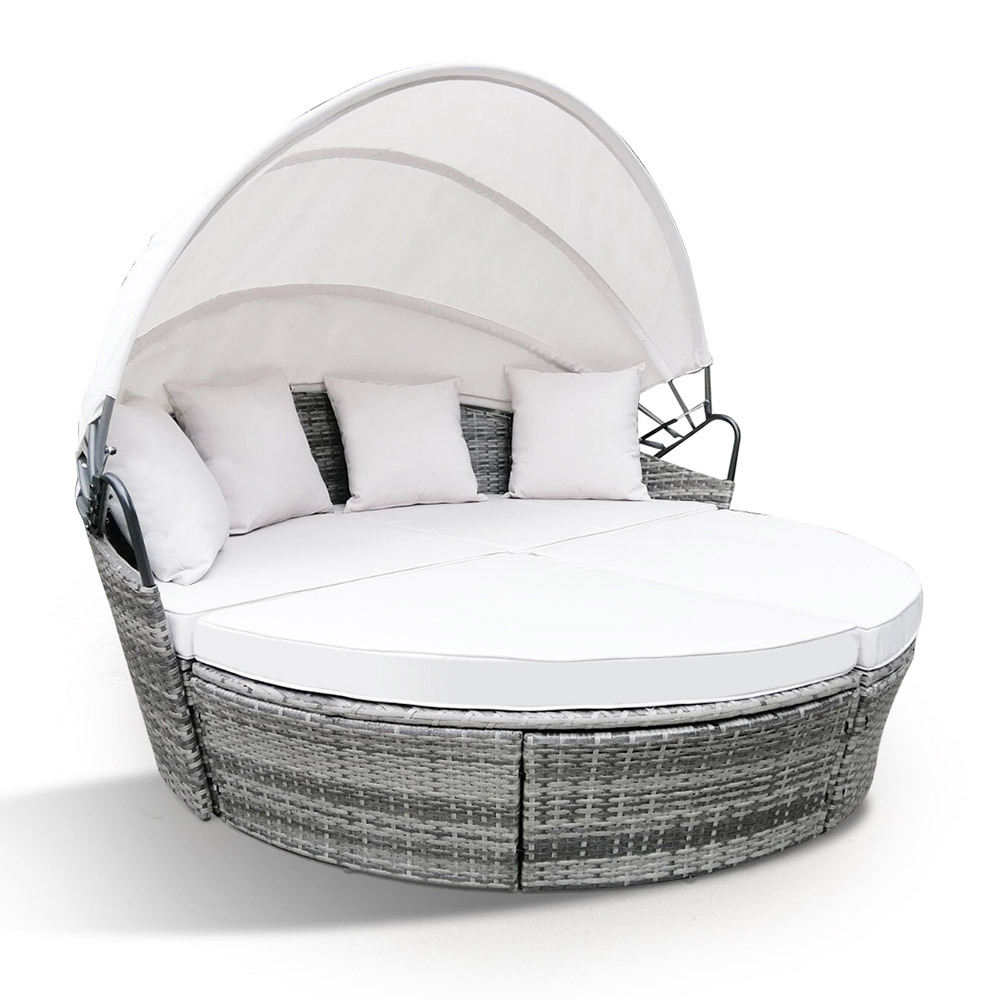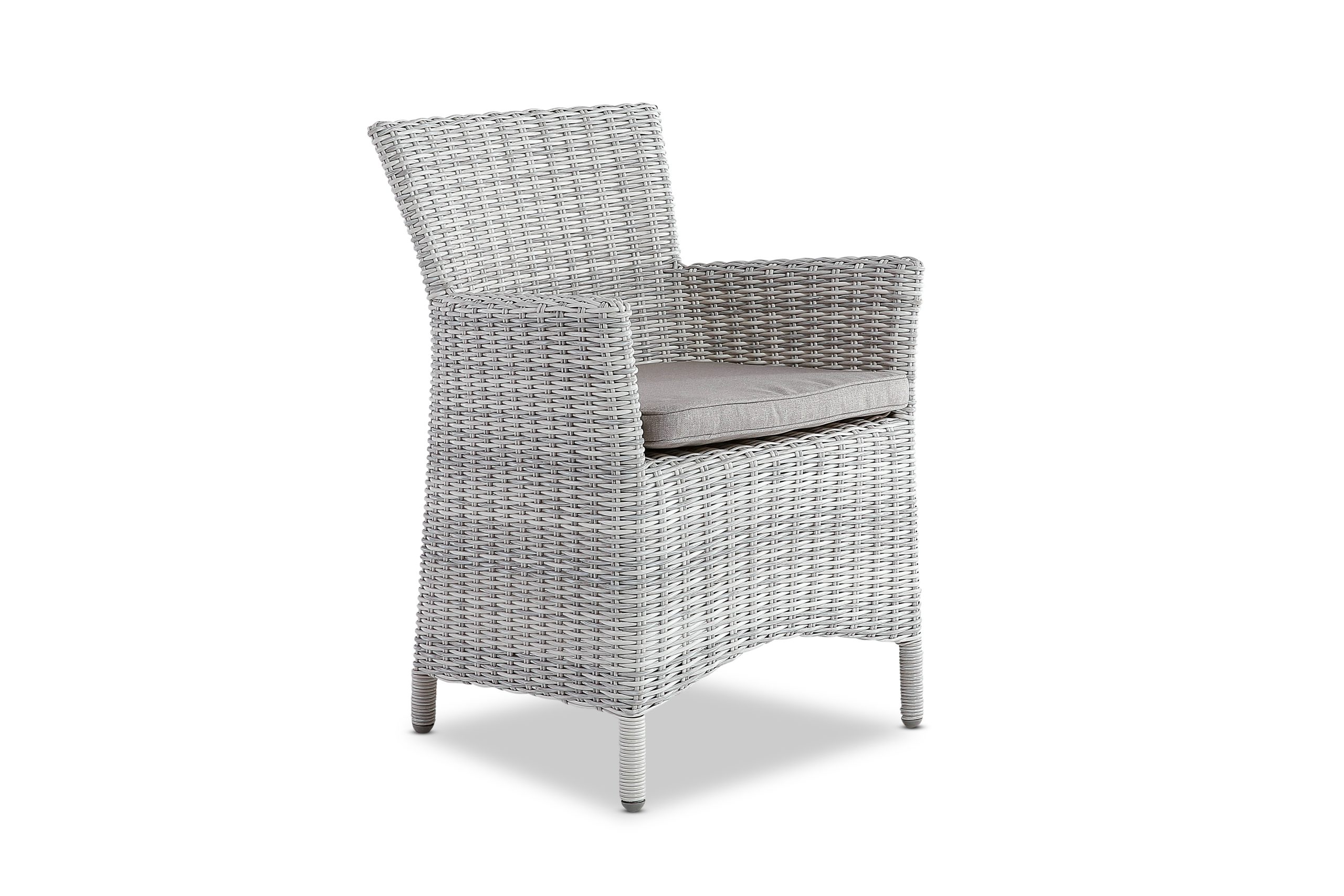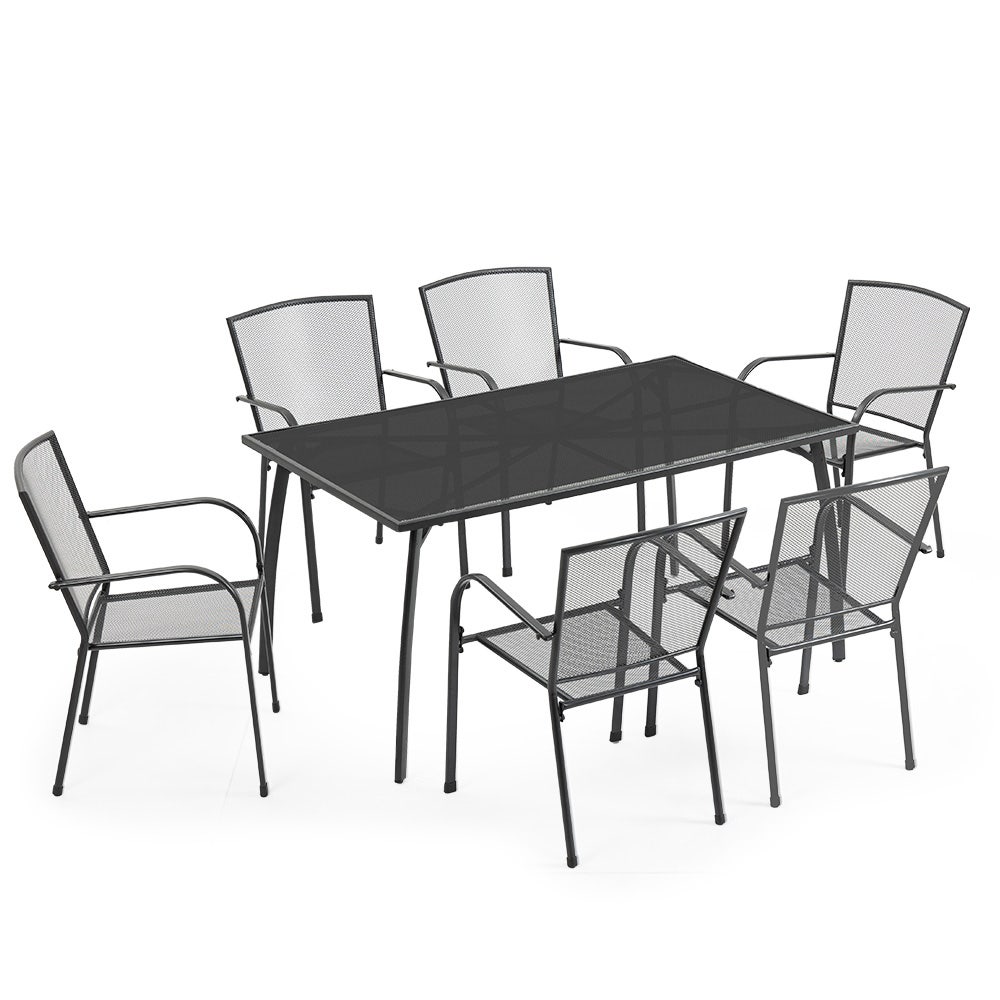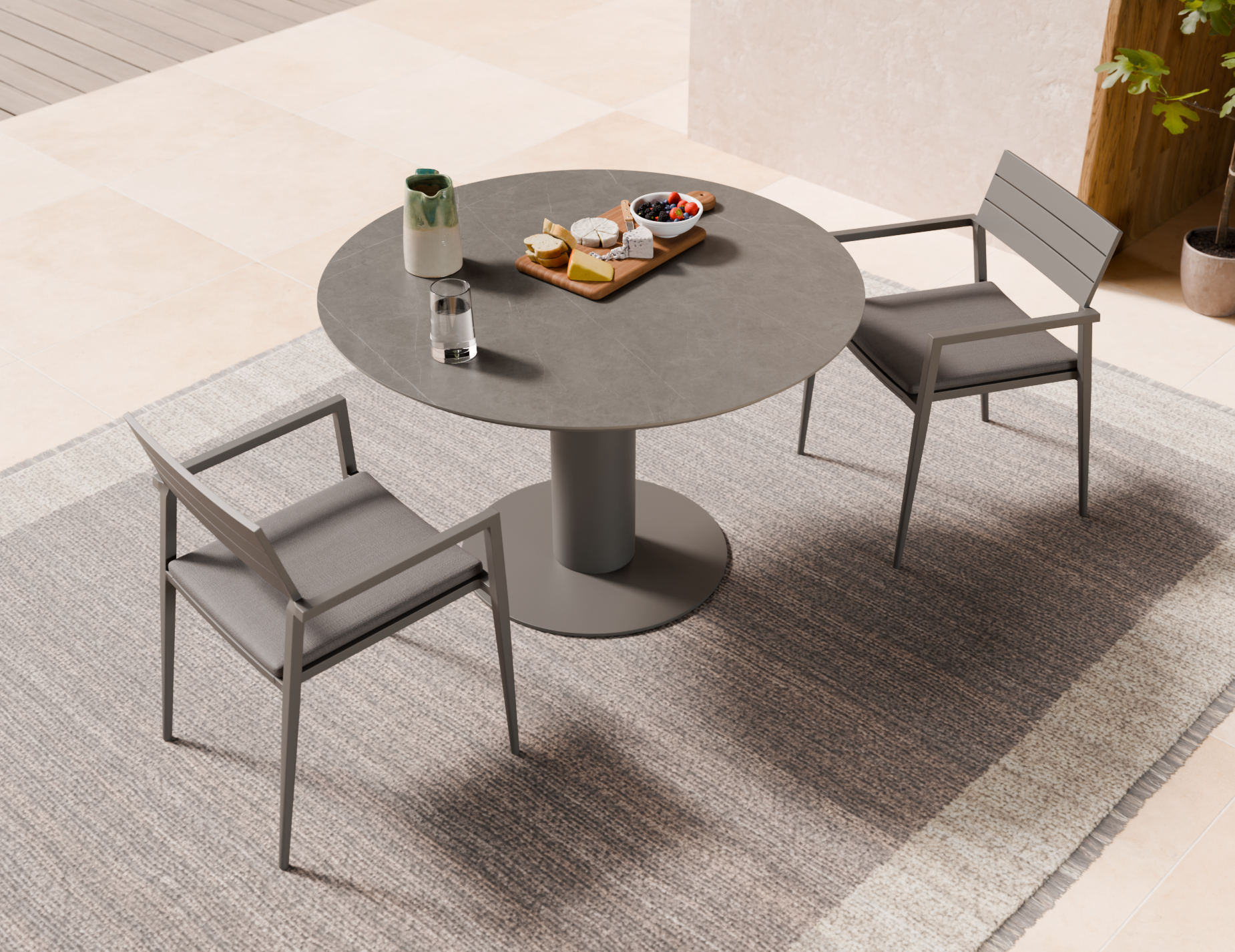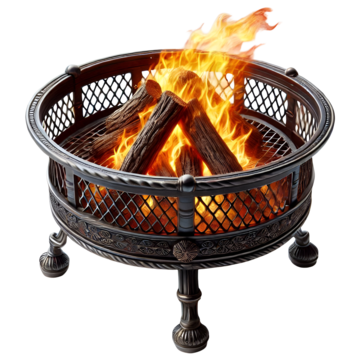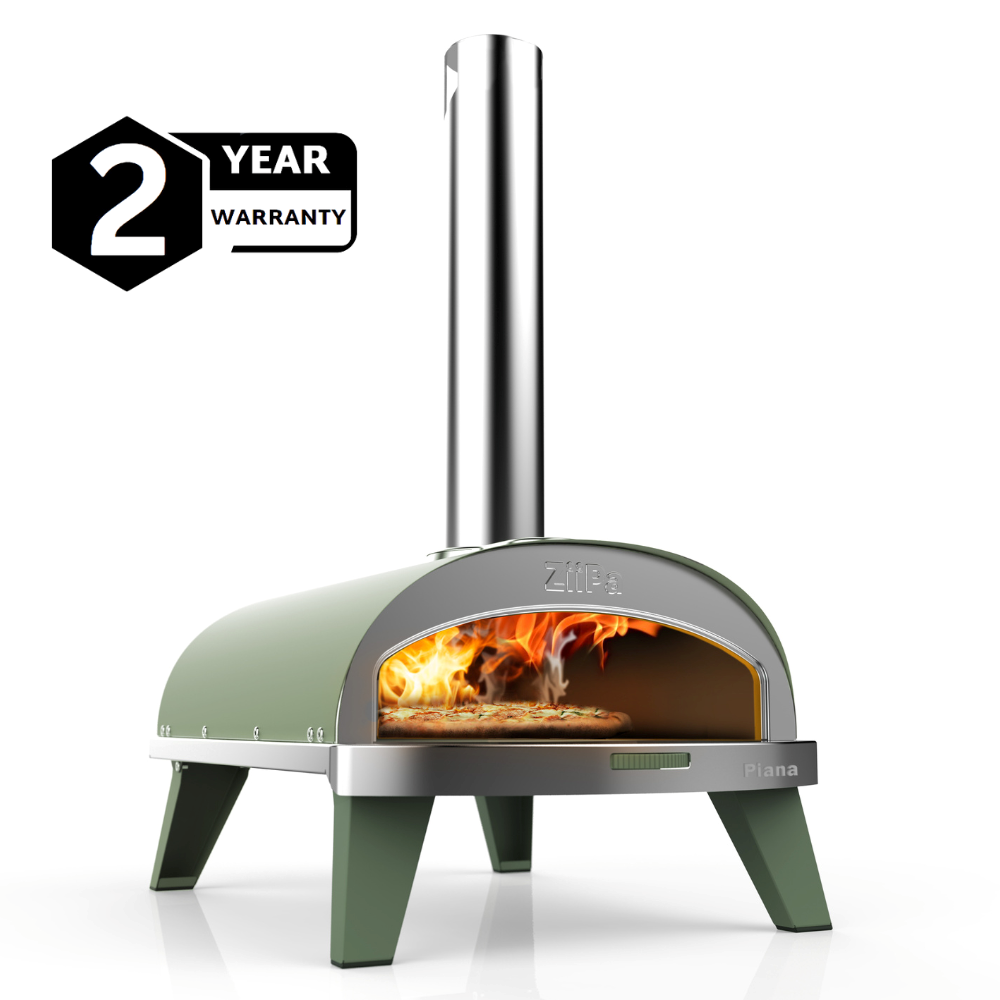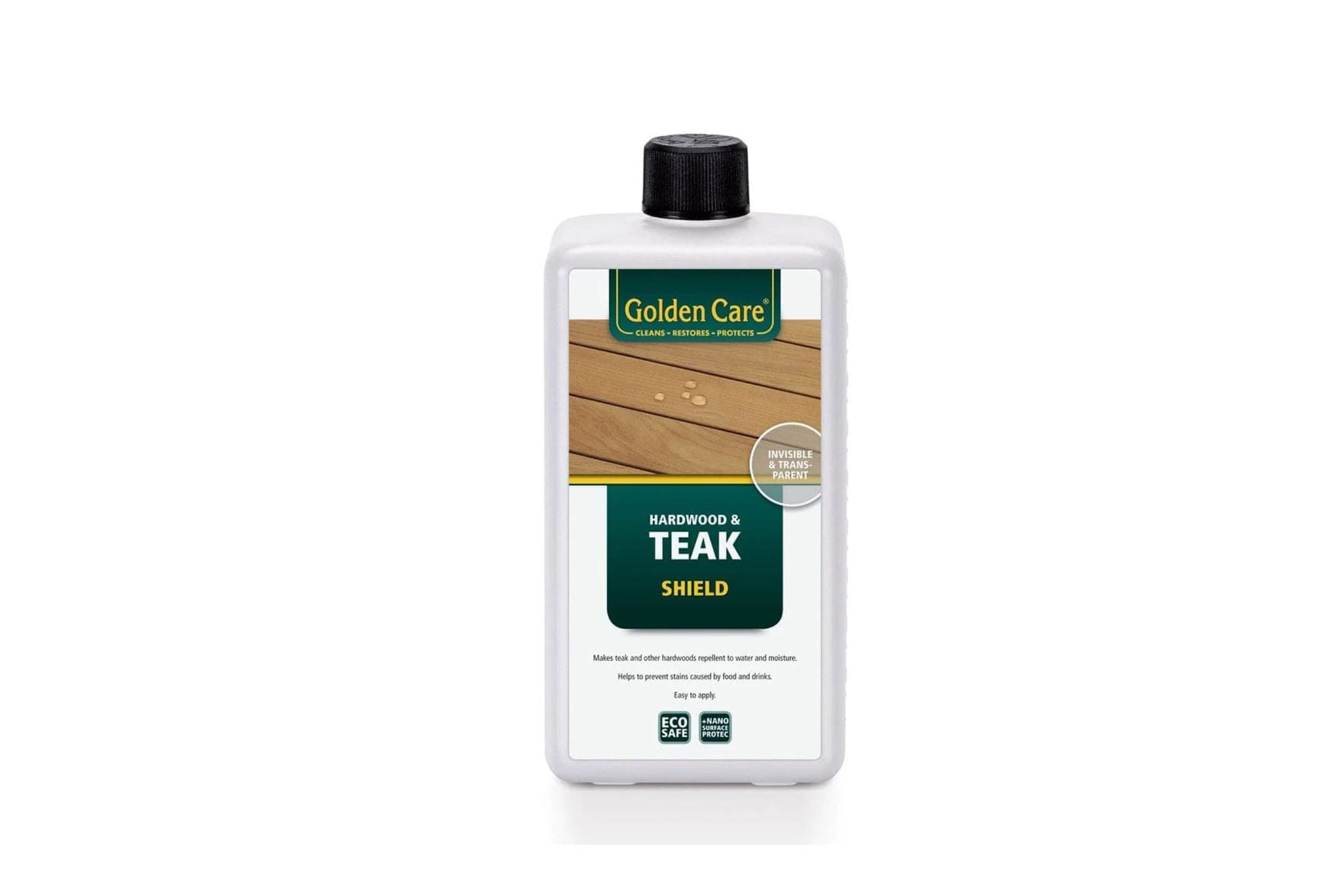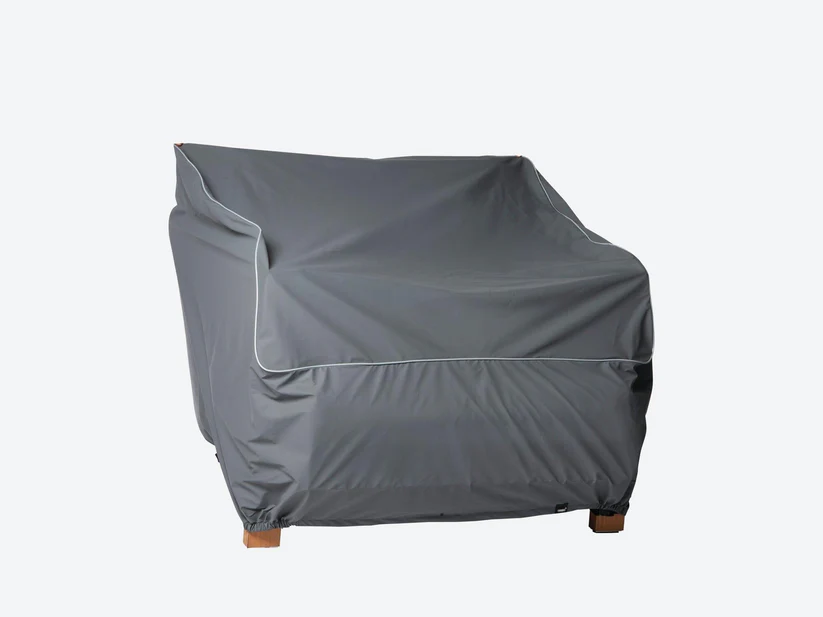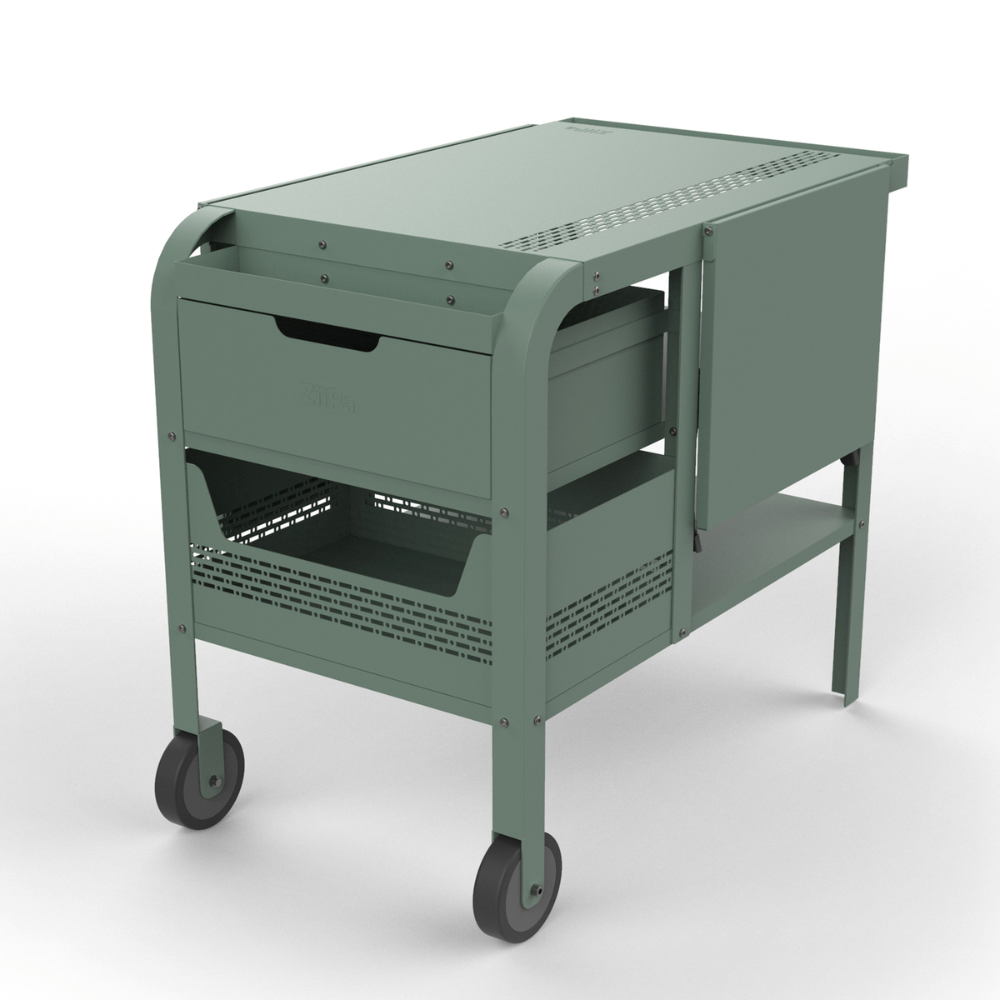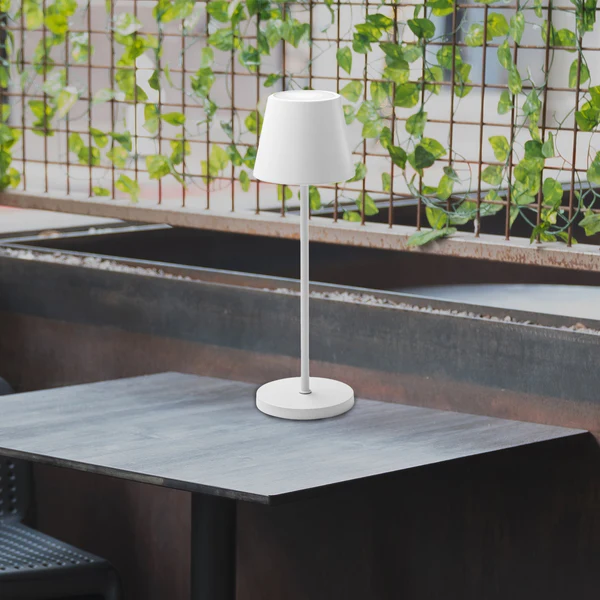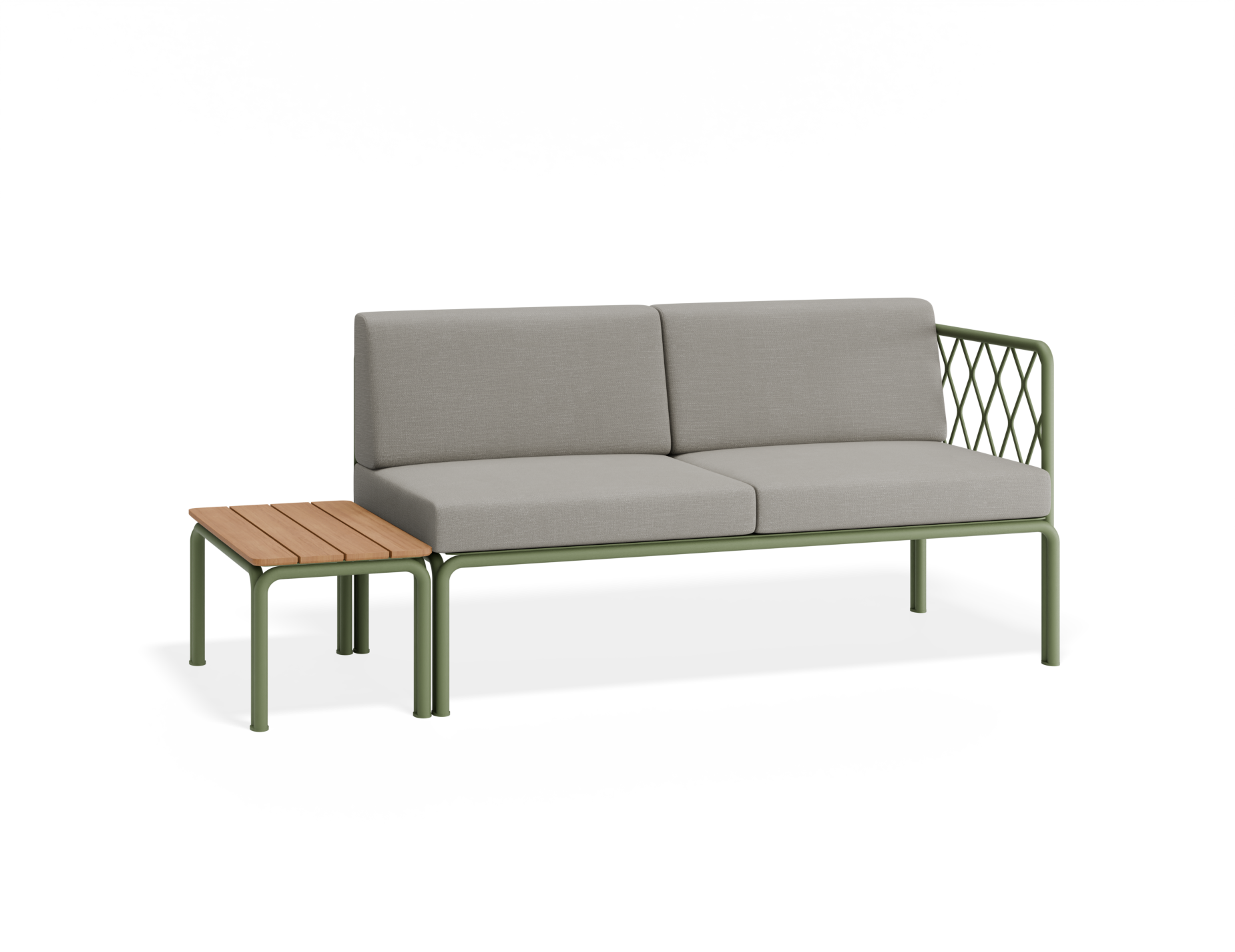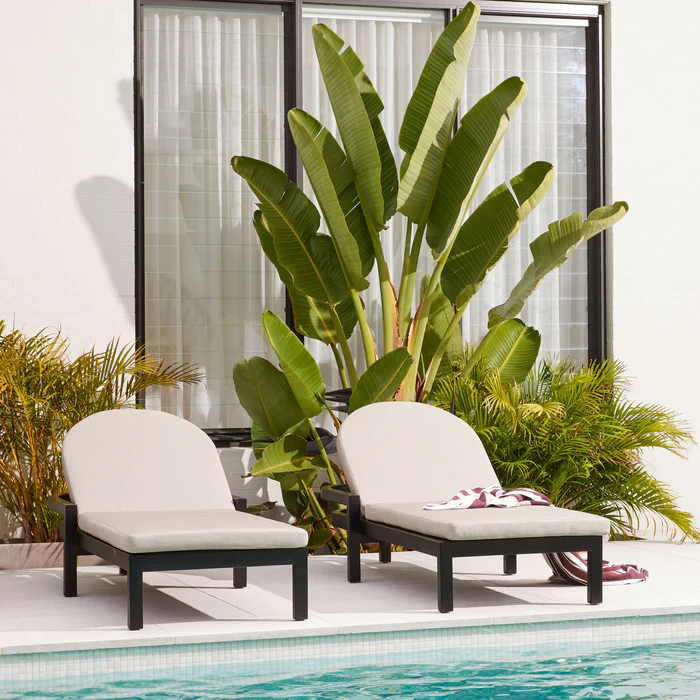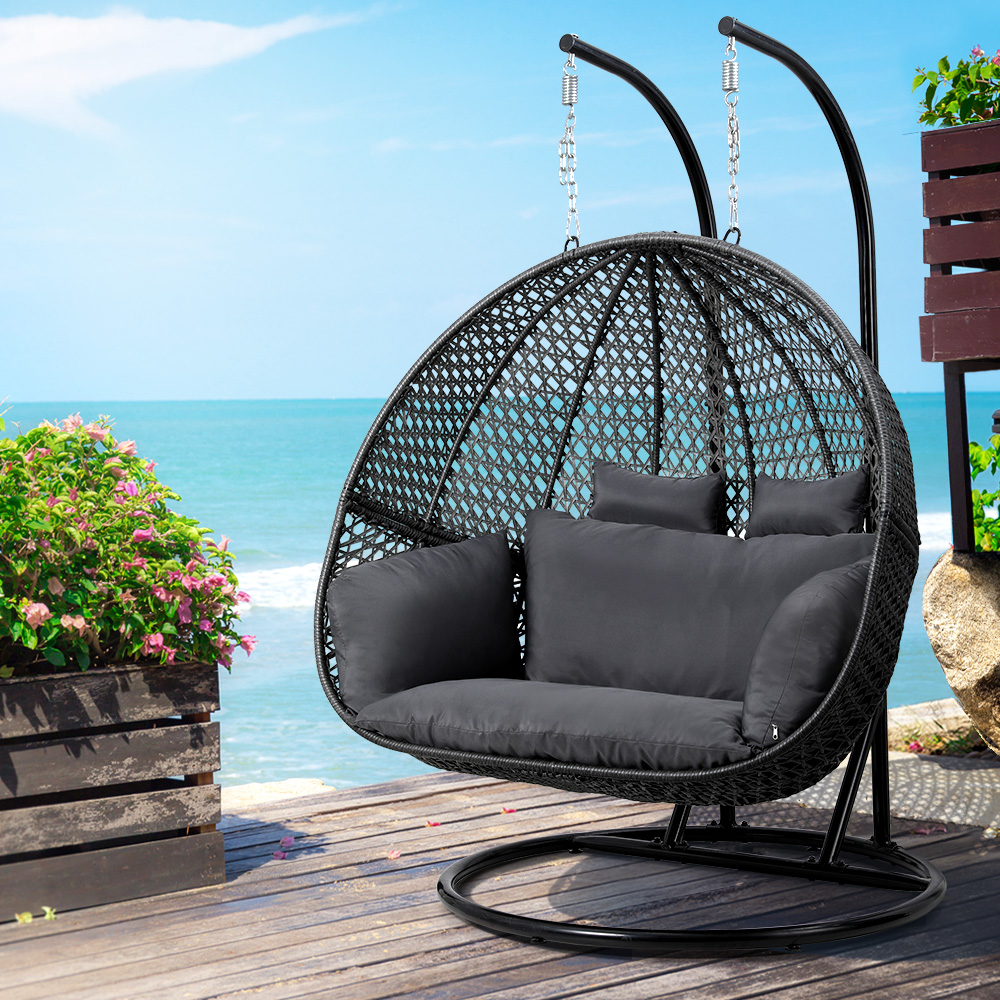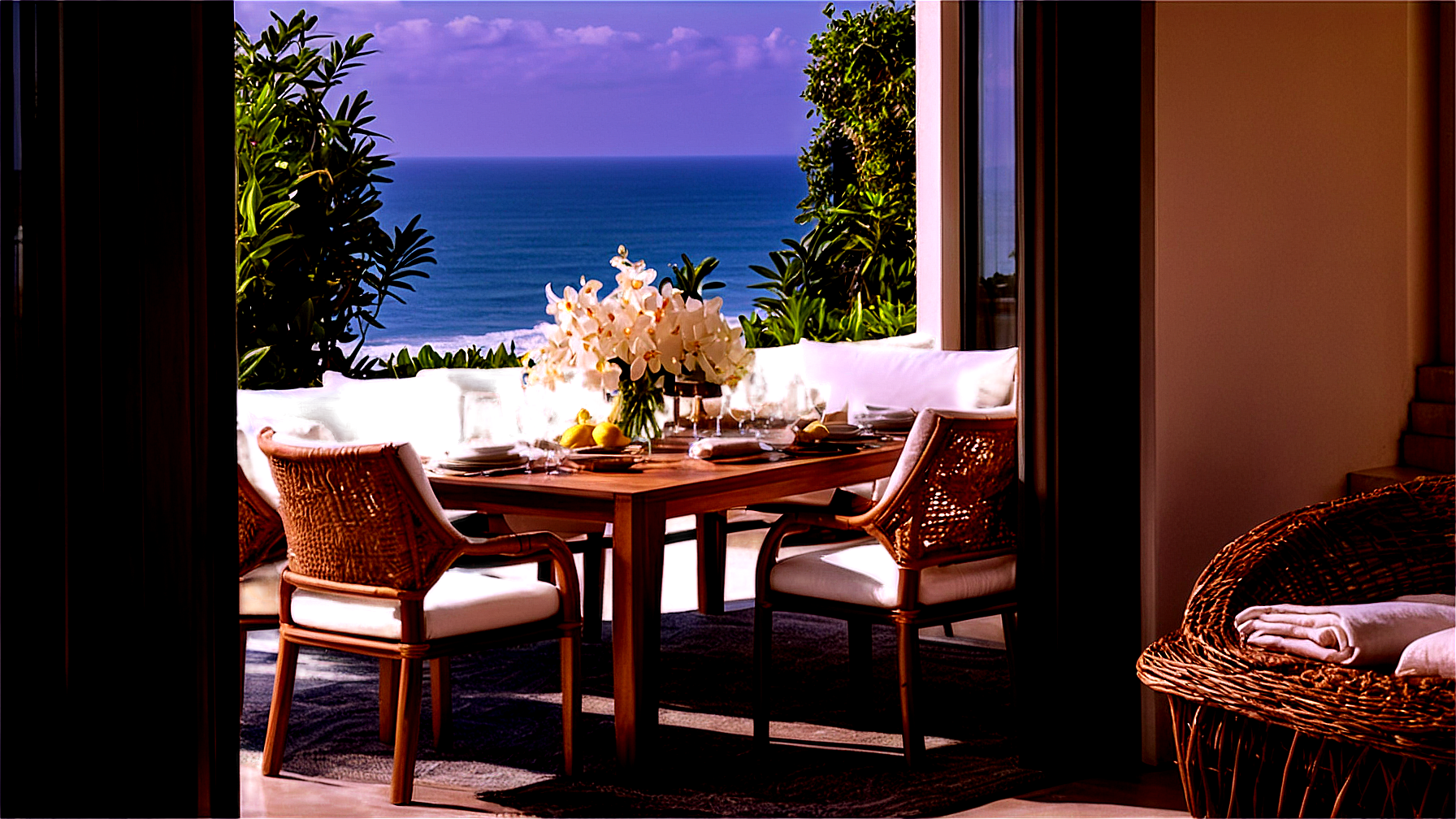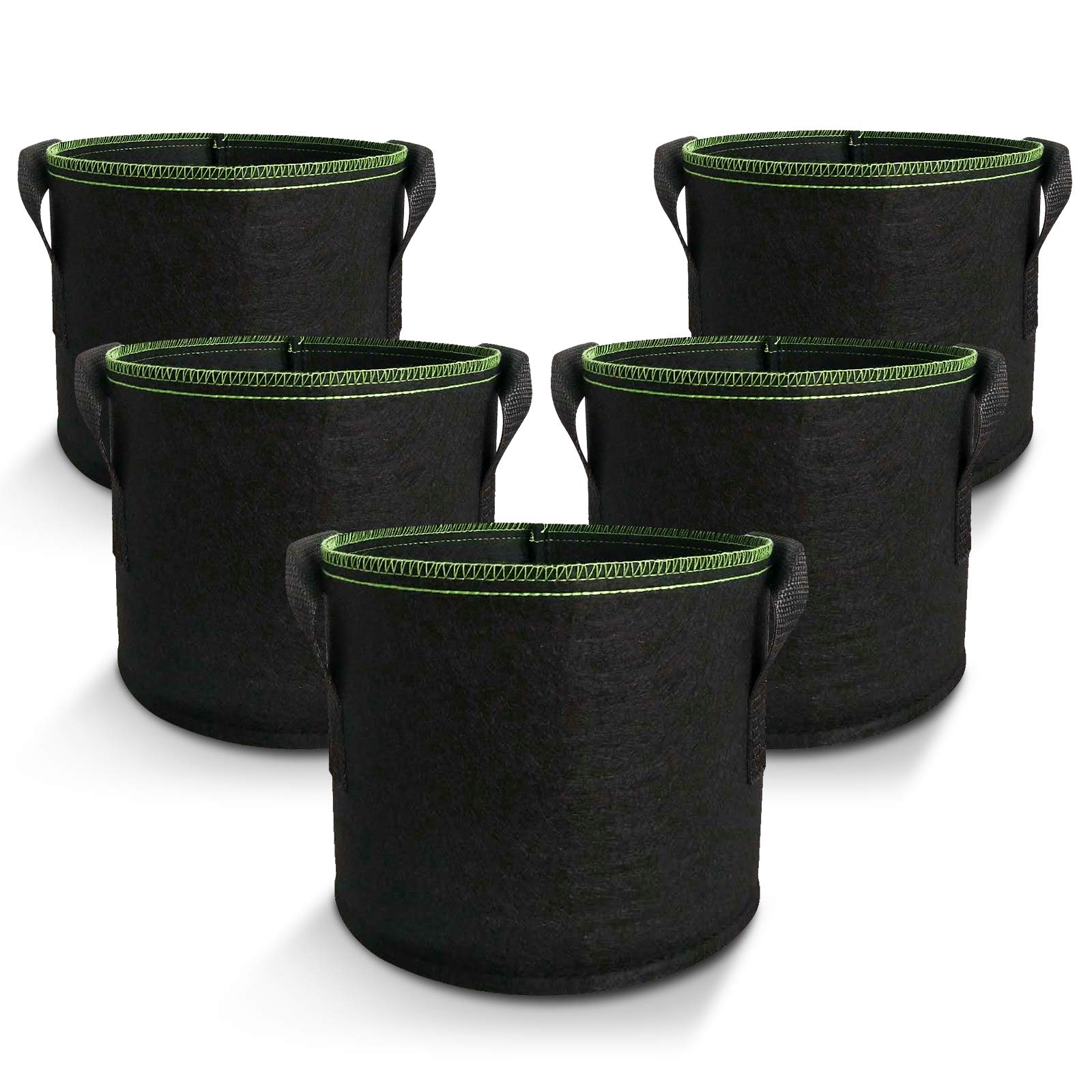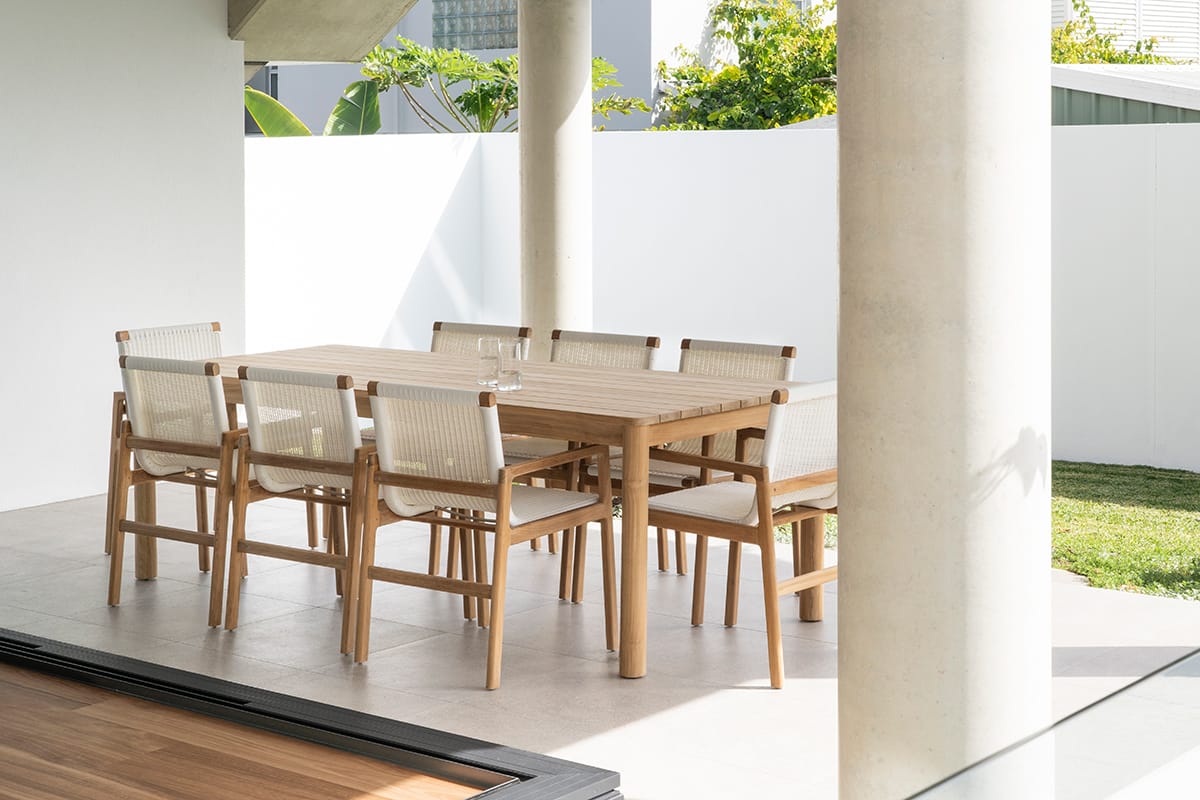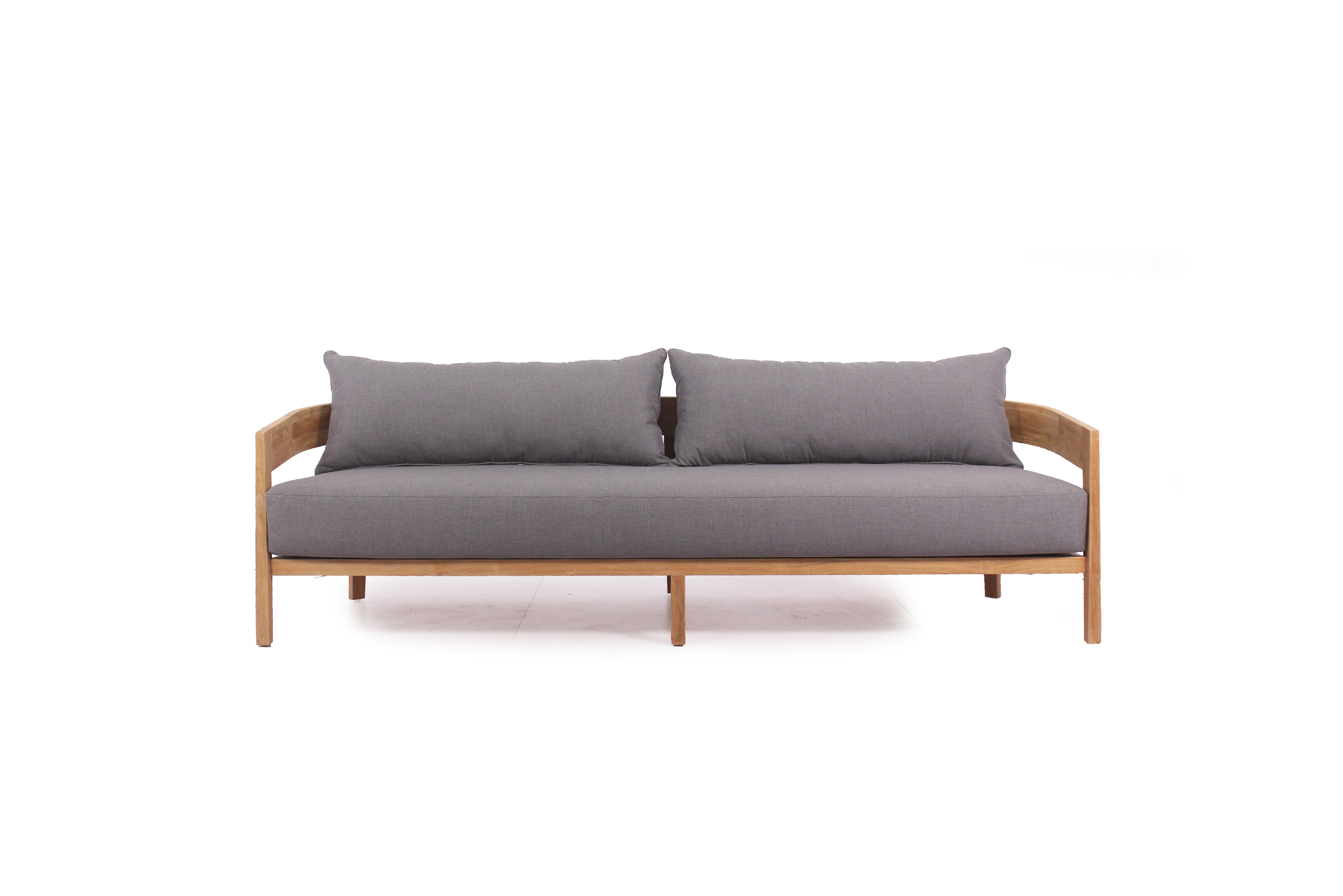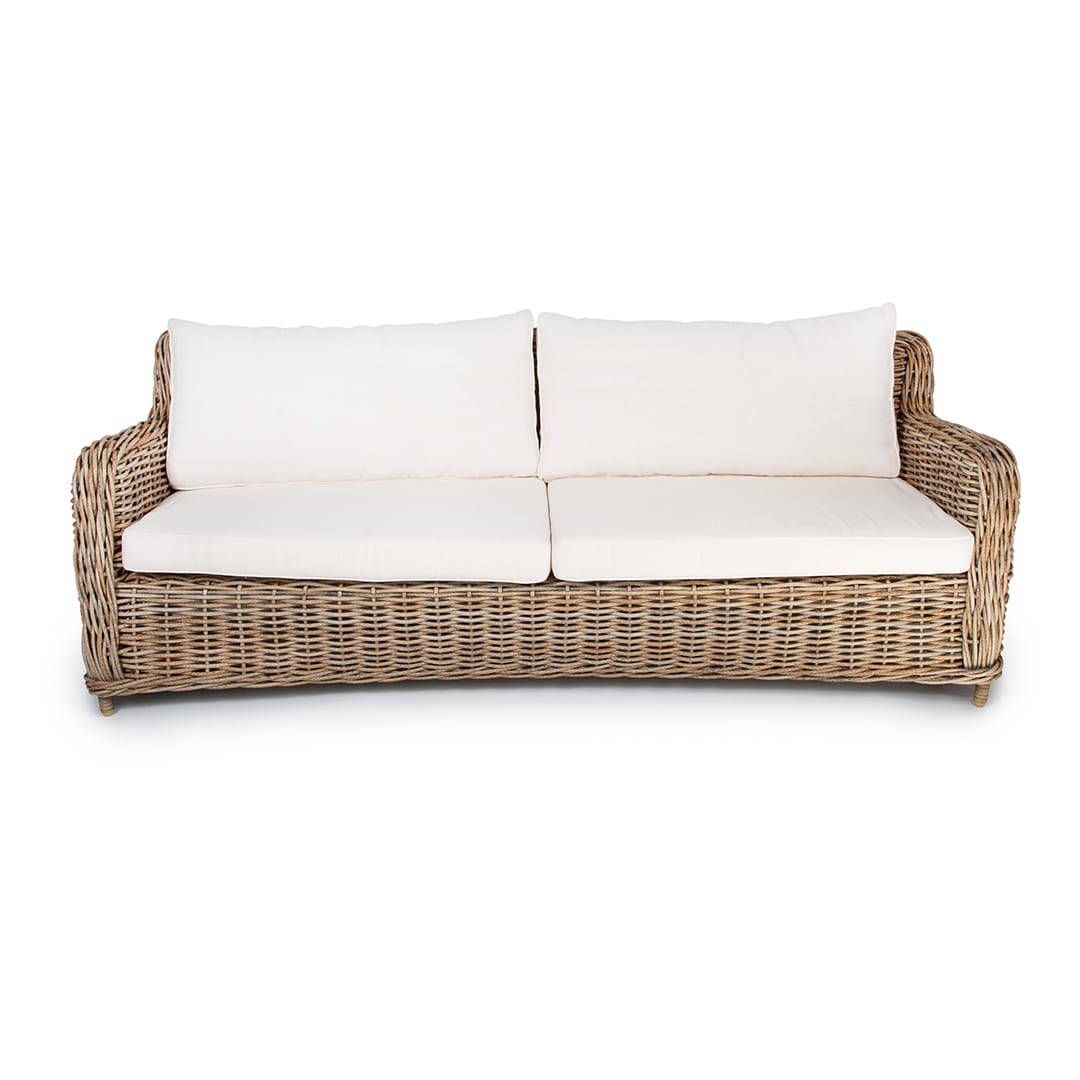Have you ever experienced that you sit on your outdoor chair and discover rust staining your clothes, or your brand-new chair? It’s frustrating. The reason why outdoor chairs rust isn’t magic—it’s science (and neglect).
Outdoor chairs rust because iron and steel react with moisture and oxygen, sped up by salt, humidity, and poor coatings. But with the right stainless steel corrosion resistance, galvanised steel outdoor chairs, or aluminium rust‑proof seating, the rust won’t stand a chance.
Let’s break down the reasons why some outdoor chairs rust in detail. We will also explain why our outdoor chairs don’t rust, which you will find helpful.
Why Outdoor Chairs Rust
In Australia, having outdoor spaces like backyards, balconies, patios, etc., is common. In Australian homes, more than 50% of the area is used as outdoor spaces.
However, people love to have outdoor seating areas for relaxation, events, or gatherings. But you know what, many outdoor chairs can rust, particularly the metal ones.
But why does it happen? The rust mainly happens due to the metal oxidation process. Rust is simply iron oxide—the result of iron or steel reacting over time with water and oxygen.
So, let’s learn the causes behind the iron oxidation and why some outdoor chairs rust in the outdoor spaces across the country.

2. Materials Matter in Rust
Some metals are naturally prone to rust, others not:
For example, carbon steel and wrought iron patio chairs are most vulnerable. In fact, around 90% of steel produced globally is carbon steel.
Carbon steel is prone to rust without protection or coating. Wrought iron is also prone to rust.
Many outdoor furniture producers use carbon steel and wrought iron to keep the cost of the outdoor chairs low.
So, if you choose these materials used in outdoor chairs without proper coating, they will easily rust in your outdoor setup.
Stainless steel is far less prone to rust. It has corrosion resistance due to having 10.5–30% chromium, which forms a self-healing oxide layer that resists corrosion.
But still, stainless steel can rust in coastal climates if it has improper coatings.
3. Salt Air Causes Rust
It’s not just the material—your environment plays a huge role in why outdoor chairs rust.
If you live in a coastal area, your chairs are exposed to salt air corrosion. The air in coastal regions carries chloride ions, which stick to metal surfaces and speed up rust.
Chloride acts like a rust accelerator. It breaks down protective coatings faster than plain moisture does. Even if your chairs are powder-coated or galvanised, they can still start corroding if the salt air lingers long enough.
If you’re in a coastal zone, this is one of the biggest reasons why your metal furniture doesn’t last as long, unless it’s properly treated or made from rust-resistant materials.

4. Moisture and Oxygen Reactions Accelerate the Rusting
The average annual humidity in Australia can range from 46% to 80%. More than 60% of humidity is considered high humidity.
High humidity speeds up rusting in metal chairs by increasing the amount of moisture in the air. The humidity sticks to the metal surface, especially if the surface is uncoated or scratched.
Here’s what happens:
- Moisture condenses on the metal: When humidity is high (usually above 60–70%), water vapour in the air settles on cool surfaces, like your metal chair.
- Oxygen mixes with water on the metal: This triggers the oxidation process, where iron reacts with both water and oxygen, forming iron oxide (rust).
- Continuous moisture = continuous rust: Unlike a brief splash of water, humid air keeps feeding the reaction. If the chair doesn’t fully dry out, rust spreads faster.
- Salt in the air (e.g., near the coast) makes it worse: Salt lowers the surface tension of water, helping it cling to metal longer, and chloride ions break down protective layers on stainless steel, too.
So, in humid climates—especially coastal ones— you have to ensure rust‑resistant coatings in the metal chairs, such as powder coating, galvanising, or made from aluminium, which doesn’t rust at all.
5. Cracks in The Coatings Can Cause Rust
If your outdoor chairs don’t have a proper coating—or if that coating is damaged—they’re exposed.
Coatings like powder-coated metal finishes, protective sealants, and rust-resistant treatments act as barriers between the metal and the elements. They keep out water and oxygen, which are the main causes of rust.
But here’s the catch: if your chair gets chipped, scratched, or starts fading, that protective layer breaks down. Once the powder coat cracks, rust can start forming underneath, even if it still looks okay on the surface.
So, if you’ve noticed worn spots or damage on your chairs, it’s a sign to act quickly before rust sets in.
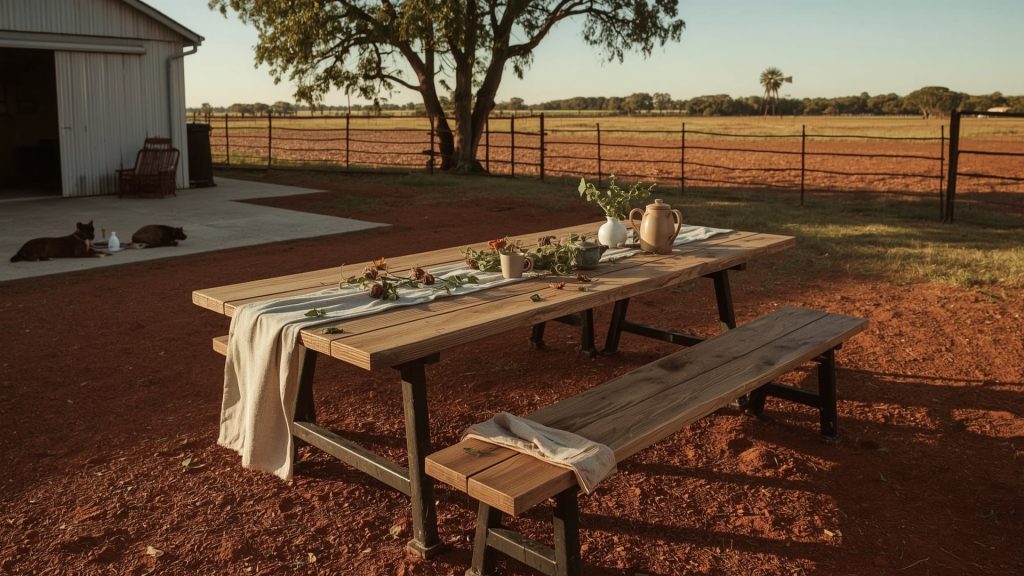
6. Poor Maintenance Causes Rust in Outdoor Chairs
Let’s be honest—rust often shows up because you often ignore the maintenance schedule of our outdoor chairs.
Even if your chairs are coated or treated, they still need a little care. If you don’t clean them regularly, dry them off after rain, or seal them once in a while, moisture will sneak in.
And once water sits on the surface too long, rust starts to build up—even on chairs that were rust-resistant to begin with.
So, if you want your outdoor furniture to last, just give it a quick check regularly, dry it of the moisture, dust the chairs, and clean them thoroughly if required.
7. Harsh Chemicals Can Cause Rust
Chemicals can cause rust on your outdoor chairs. If you’re using cleaners with bleach, ammonia, or acids, they can break down the protective coating on metal.
Even things like fertilisers, pool water, or de-icing salts can be a problem. If you’re near a garden or pool and your chairs get splashed or sprayed, those chemicals can speed up corrosion, especially on steel or iron frames.
Why Our (Outdoor Furniture Co.) Outdoor Chairs Don’t Rust
We ensure our outdoor chairs last even in the most challenging environments in your outdoor spaces, like in the backyard, balconies, patios, poolside, garden, and more.
Here are the reasons our outdoor chairs stand out in all possible harsh environments.

1. We Use Top‑Grade Materials
We only use materials built for durability:
Aluminium rust-proof seating doesn’t rust at all. It has a very low corrosion rate, which is 0.03 to 4 µm per year, and makes it rust-resistant in almost any condition.
Stainless steel corrosion resistance comes from marine-grade 316 or higher. We use higher-grade stainless steel with proper coatings, such as polyester and epoxy powder coatings.
2. We Use Powder-Coating to Lock Out Moisture
Even the best metal can rust if the surface gets damaged. That’s why we apply a baked-on rust-proof powder coat finish on the top of the base metals. It’s not paint—it’s much stronger.
Powder coating is baked at high temperatures, so it sticks evenly and resists scratches, UV rays, and moisture.
That means no peeling, cracking, or flaking, and no water seeping into the metal underneath your outdoor chairs.
We also use galvanised stainless steel. Galvanised steel outdoor chairs include zinc-coated layers—why they’re superior to just painted and carbon steel.
2.1. Hot‑Dip Galvanising Benefits
We use hot-dip galvanising in our galvanised steel, which builds a zinc-iron alloy coating that resists flaking. Hot-dip galvanised steel corrodes 1/30 as fast as bare steel, meaning superb long-term protection.
In fact, the normal lifespan of zinc-galvanised steel can reach more than 80 years, where it can reach 60+ years, and 55+ years in coastal areas.
A thick hot-dip coating (4–5 mils) helps the material resist coastal conditions for decades.
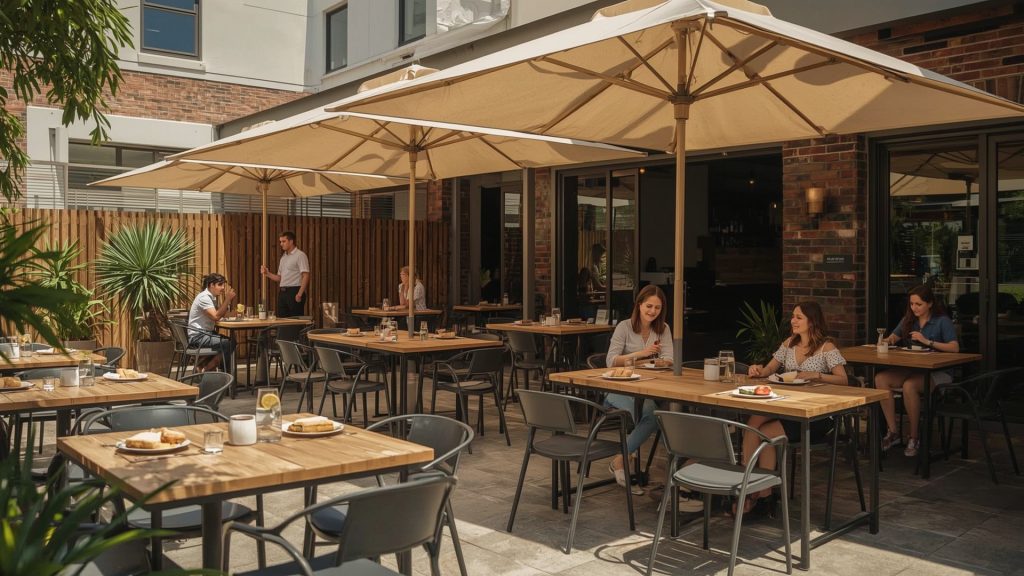
3. We Make Smart Design That Prevents Water Buildup
Rust often starts where water gets trapped. That’s why our chairs are designed with:
- Angled frames so water runs off naturally
- Drainage holes in seats and arms to stop pooling
- No hidden crevices where moisture can sit for days.
You won’t find parts that hold puddles or stay wet after rain.
4. Simple Maintenance Guidance
You don’t need special cleaners or long routines. Just give your chairs:
- A simple wipe down every few weeks
- A quick dry-off after heavy rain
- Protective sealants and waxes, once a year (if needed)
That’s all it takes to keep them looking good and rust-free. And if you’re ever unsure, we provide easy maintenance guides for every material we use.

FAQs
Yes. Our outdoor chairs are built with water-resistant materials and layers, so leaving them out during rainstorms is perfectly fine. But if you store them during a rainstorm or when unused, it will extend the lifespan of your outdoor chairs.
If your old outdoor chairs have rust spots, grab a clean cloth or sponge and soak it in white vinegar. Press it onto the rusty areas and leave it there for a few hours. After that, scrub the rust gently, rinse everything off, and dry the chair completely.
You can also try a mix of lemon juice and salt, or baking soda instead of vinegar—they work the same way. Once you’re done, add a layer of sealant or wax to stop moisture from getting in and starting the rust again.
Powder‑coated metal furniture is applied electrostatically and baked—far more durable, thicker, and resistant to chipping than standard paint.
If left untreated, yes. But quick touch-ups with rust-inhibiting paint or sealant stop rust early.
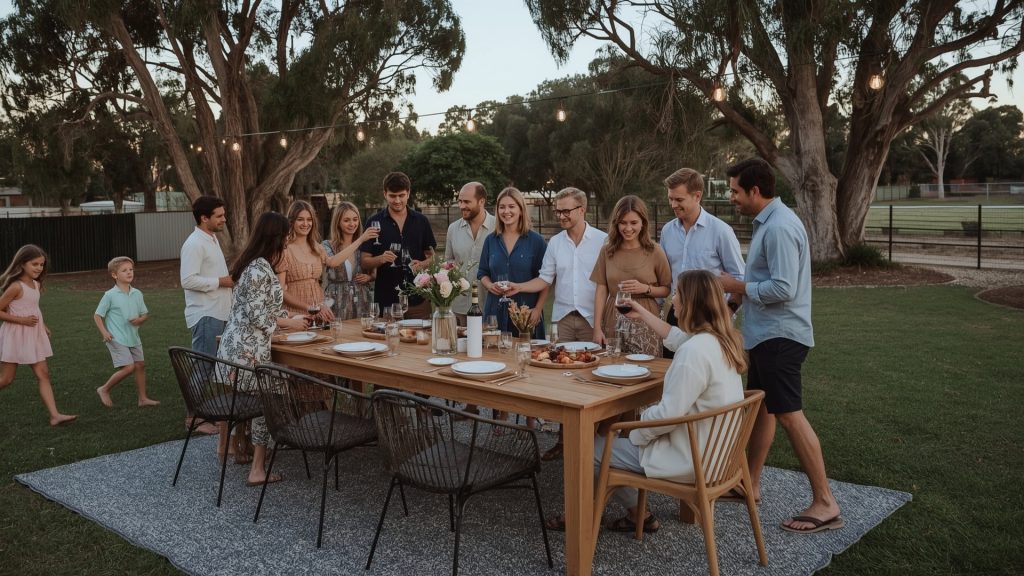
Final Thought
Rust is a common issue in outdoor chairs, especially when poor materials, cracked coatings, or high humidity come into play. But with the right metals, protective finishes, and smart design, you can avoid all that. You can choose the perfect outdoor chairs by understanding how rust forms and knowing which materials resist it best.
Choosing Outdoor Furniture Co. Australia for outdoor chairs means long-lasting, rust-free outdoor seating. We use top-grade materials, tough coatings, and Aussie-weather-ready designs. Our simple maintenance tips help you keep that polished look for years. For homes or businesses, our pieces of furniture are built to last, season after season.

